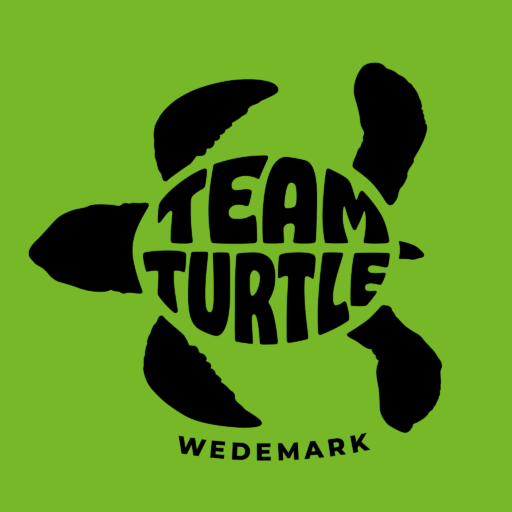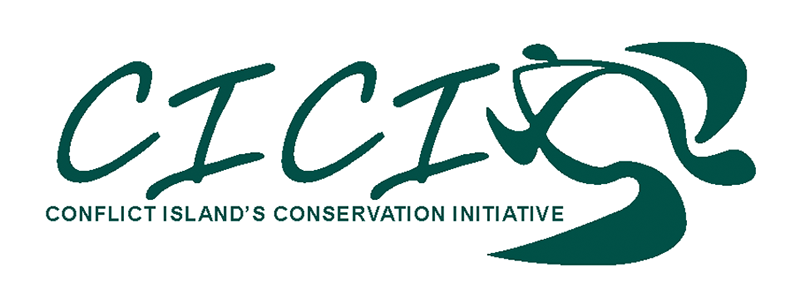Project Turtles
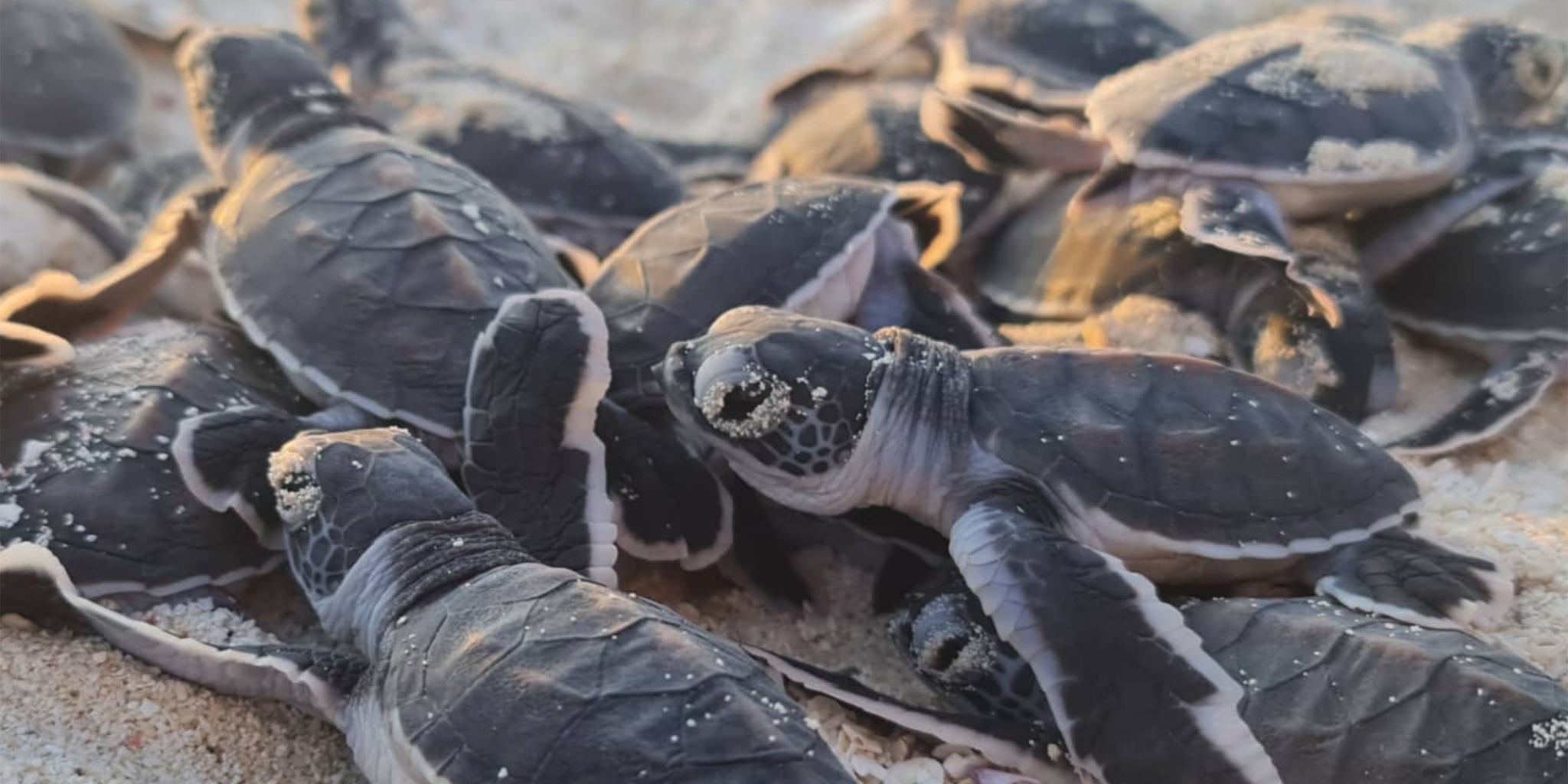
“Any foolish boy can stamp on a beetle, but all the professors in the world cannot make a beetle.”
– Arthur Schopenhauer –
Photo: © Hayley Versace | Migration Media
HOW THE PROJECT BEGAN
Thanks to Sea Shepherd, I learned about CICI, which protects sea turtles in Papua New Guinea. The organization sadly lacks the donations needed to protect them due to the Corona pandemic.
Inspired by the Sea Shepherd Beach Cleanups I participated in with my parents during the summer vacations of 2021, I came up with an idea to support CICI: on World Cleanup Day 2021, I collected trash in Wedemark and emailed about 300 people and companies asking them to donate some money for every kilogram of trash I collected. In addition, I continued to collect trash and donations at several events.
In total, a proud 2532.14 euros in donations were collected. With this money one ranger could be financed for the complete six month turtle season. But not only equipment, training, accommodation and food is paid with it, with their salaries the rangers additionally support about 15-25 people in their communities.
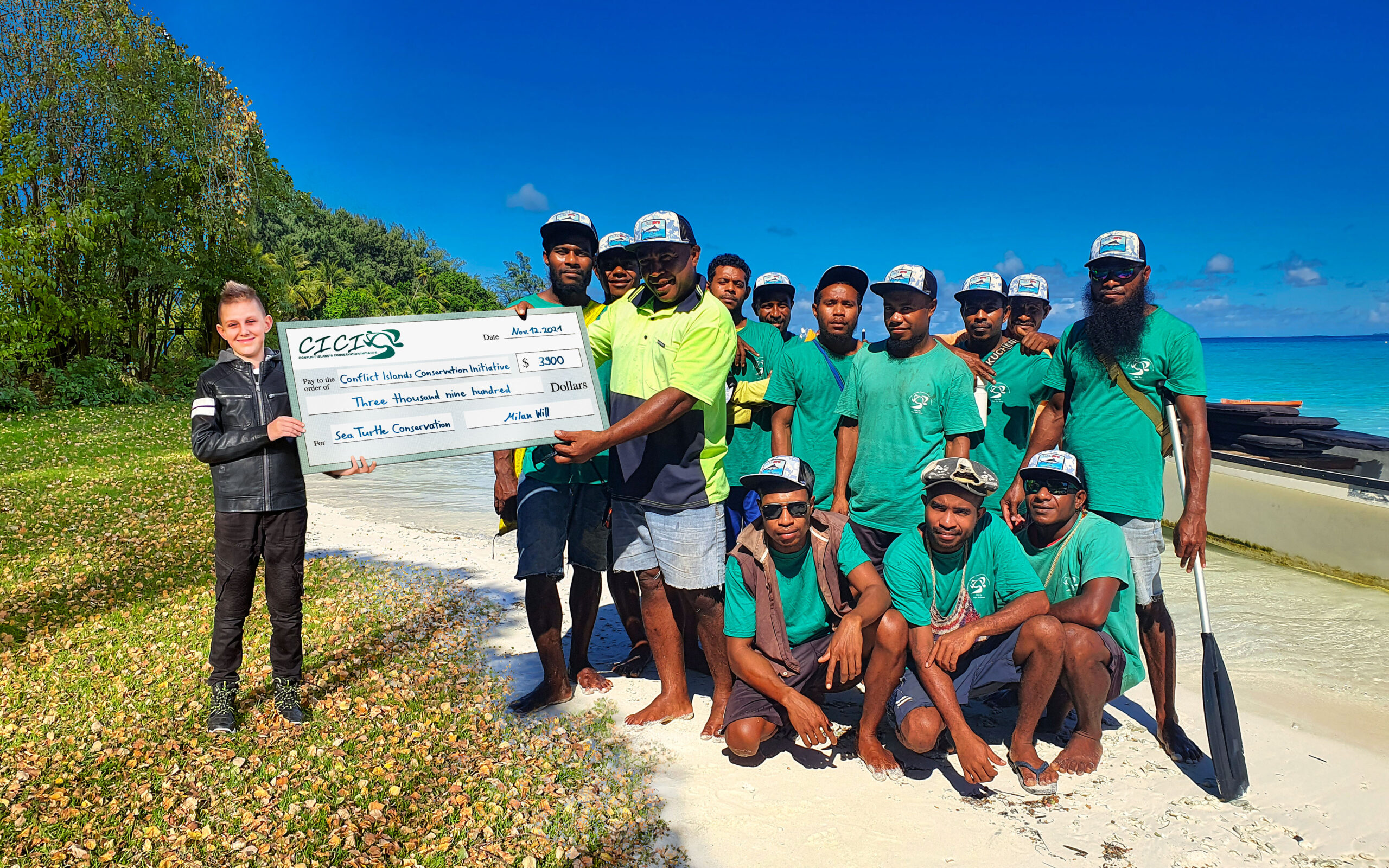
Photo: © Hayley Versace und Magnus Will
WHY WE NEED TO PROTECT SEA TURTLES
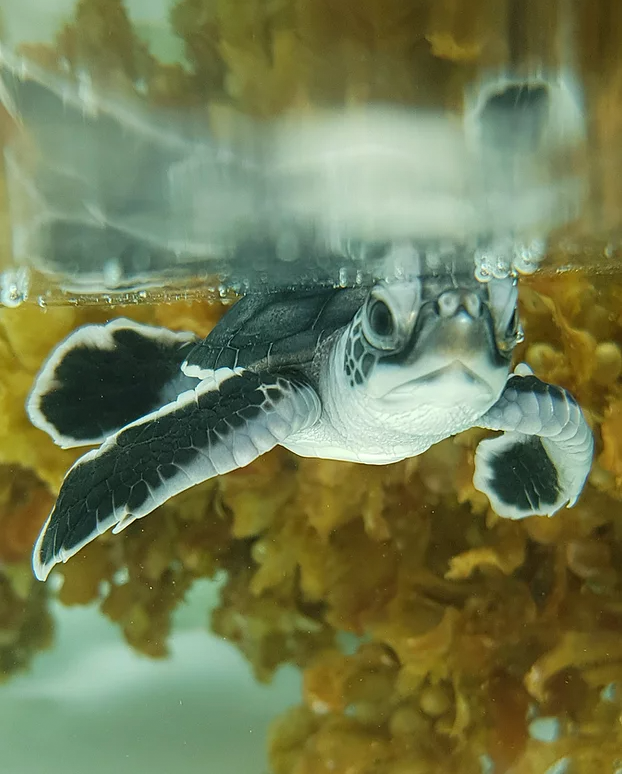
Photo: © Hayley Versace | Migration Media
Turtles have already survived the dinosaurs. Now we must help so they do not become extinct because of us humans!
Sadly, all seven types of sea turtle are now critically endangered, but they are an important part of the ocean ecosystem. For example, they eat sea grass or sponges that would otherwise displace the corals. In this way, they contribute to the protection of coral reefs, which are important habitats for thousands of other underwater creatures.
DANGERS FOR SEA TURTLES
Every year during the nesting season, when the sea turtles come ashore to lay their eggs, they are cruelly slaughtered by poachers who then sell the meat on the black market. The eggs are also stolen from the nests and sold. (Source: Sea Shepherd)
Turtles are mistaking plastic trash floating in the ocean for food and getting sick from it. Every year, thousands of turtles with bellies full of plastic starve to death. More and more, our oceans are drowning in plastic waste. Already today there are several hundred thousand pieces of micro plastic and plastic waste floating in every square kilometer of ocean. (Source: WWF)
Trash washed ashore can make entire beaches or sections of beaches unreachable for turtles. Female turtles are then unable to lay eggs, or the hatchlings get stuck in the trash on their way into the ocean and die. (Source: WWF)
Fishing nets that have been lost or thrown into the water float in the sea as ghost nets. Turtles become entangled in these nets and sever limbs or drown. In the European seas alone, more than 1,000 km of nets disappear into the water every year – the equivalent of the distance from the Alps to the Baltic Sea. (Source: WWF)
Turtles, dolphins, sharks and seabirds end up as so-called bycatch in fishing nets. The "unintentionally" caught animals are thrown back into the sea dead or dying. The annual bycatch is between 6.8 and 27 million tons. (Source: Greenpeace)
When female turtles lay their eggs in the sand, the surrounding temperature determines the sex of the babies in the days that follow. If it is above 29 degrees Celsius, almost exclusively females will hatch. If it is cooler, they will be males. If it is even warmer, the turtle eggs die and no hatchlings are born at all. Due to climate change, already 84 percent of the newly hatched animals are female at the moment. If temperatures continue to rise, the percentage will increase. At some point, the females will no longer be able to find male partners to produce offspring. (Source: Stern)
Cici Conflict Islands Conservation Initiative
CICI is an Australian conservation organization in the Conflict Islands in Papua New Guinea and was founded in 2017.
They protect endangered sea turtles, sharks, rays and coral reefs. Furthermore, they raise awareness and train local communities to protect their natural environment and train locals to become rangers.
The Rangers and their tasks
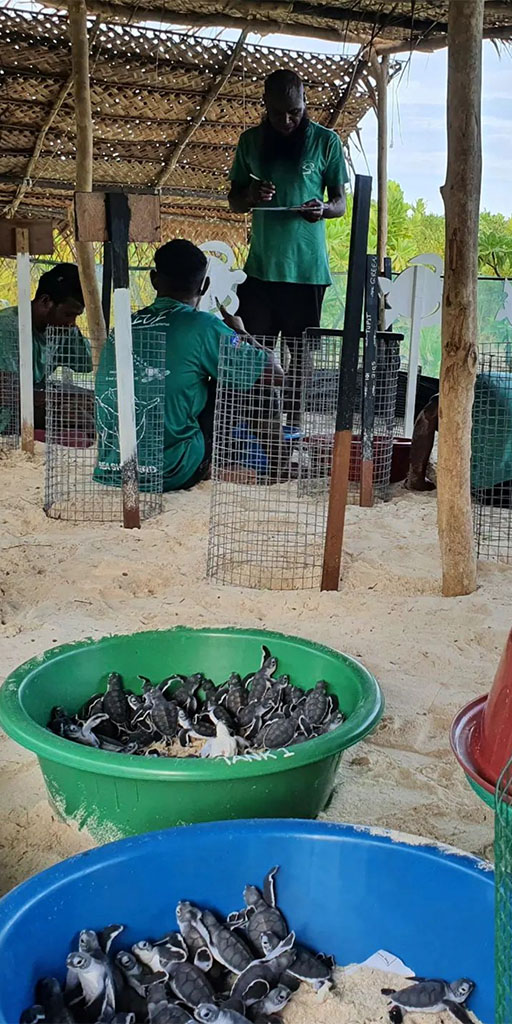
Training
Locals are trained by CICI to become rangers.
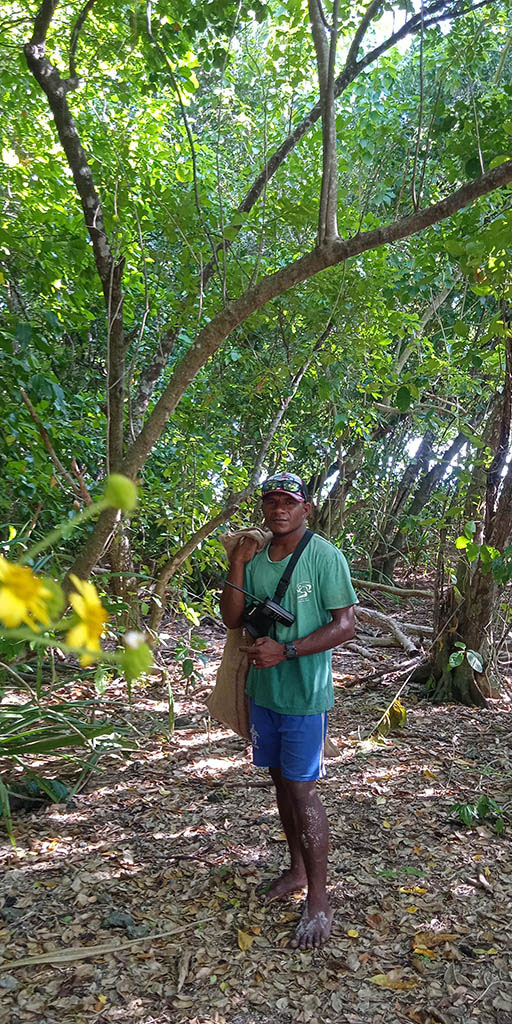
Poaching
Rangers are patrolling the islands to protect the turtles and their eggs from poachers.
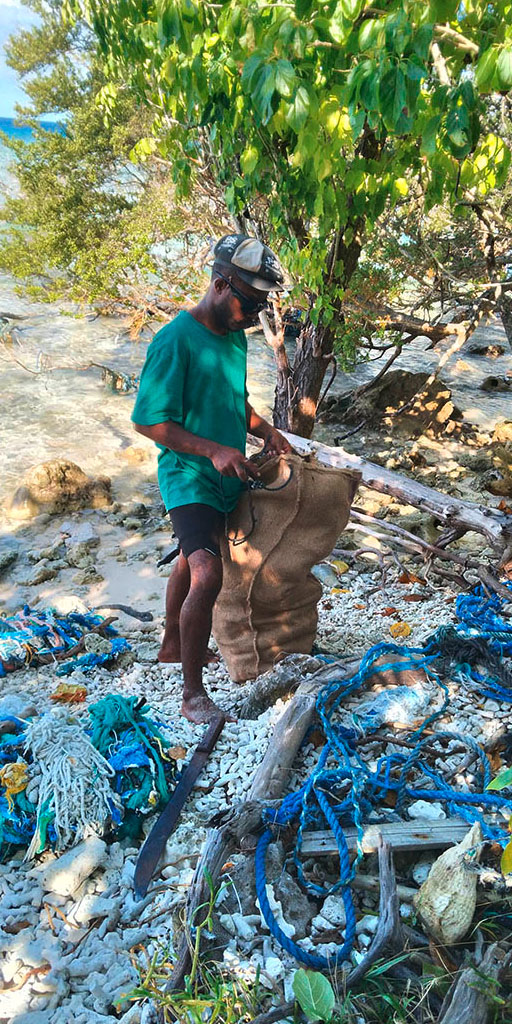
Beach Cleanups
They clean the beaches from the washed up trash.
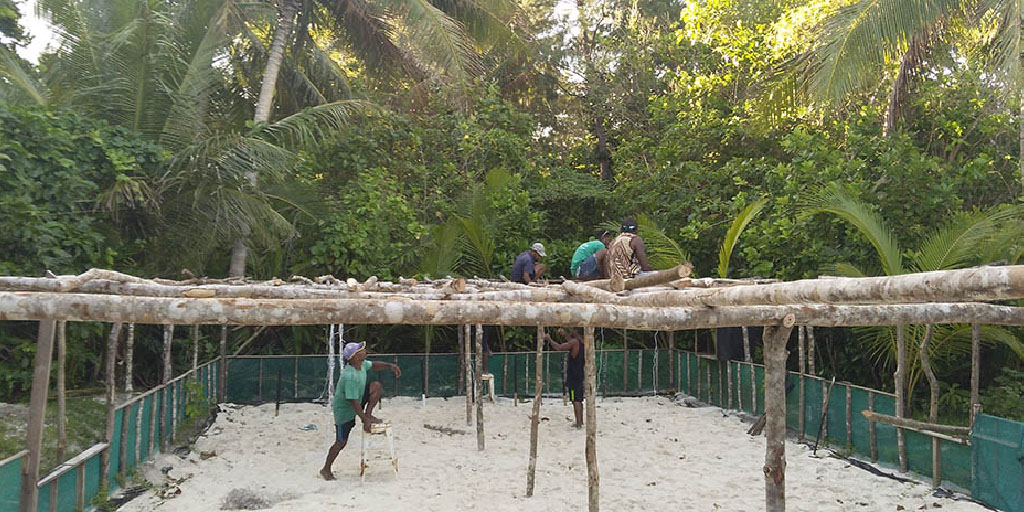
Hatcheries
Rangers build "hatcheries" to protect nests.
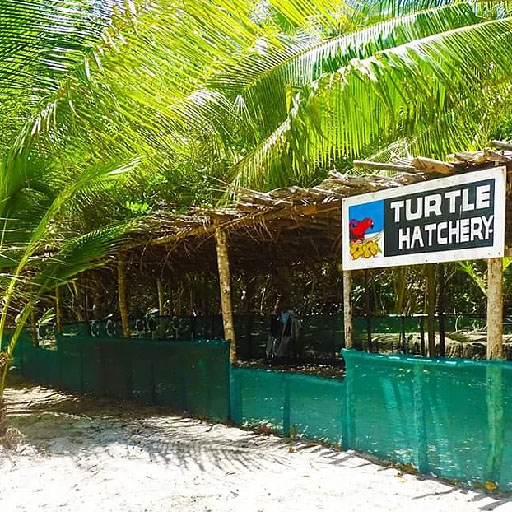
Hatcheries
In the shade, the nests remain cooler.
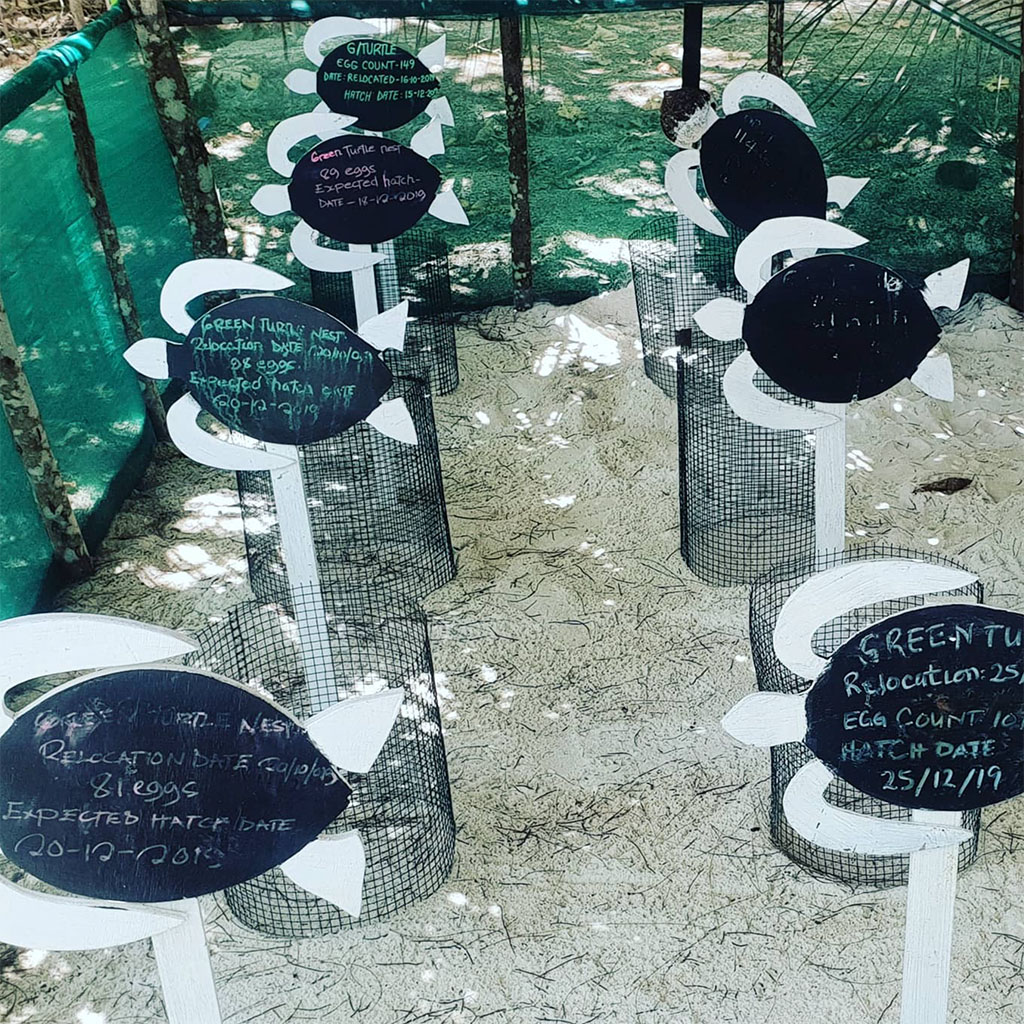
Hatcheries
The relocated nests are carefully marked.
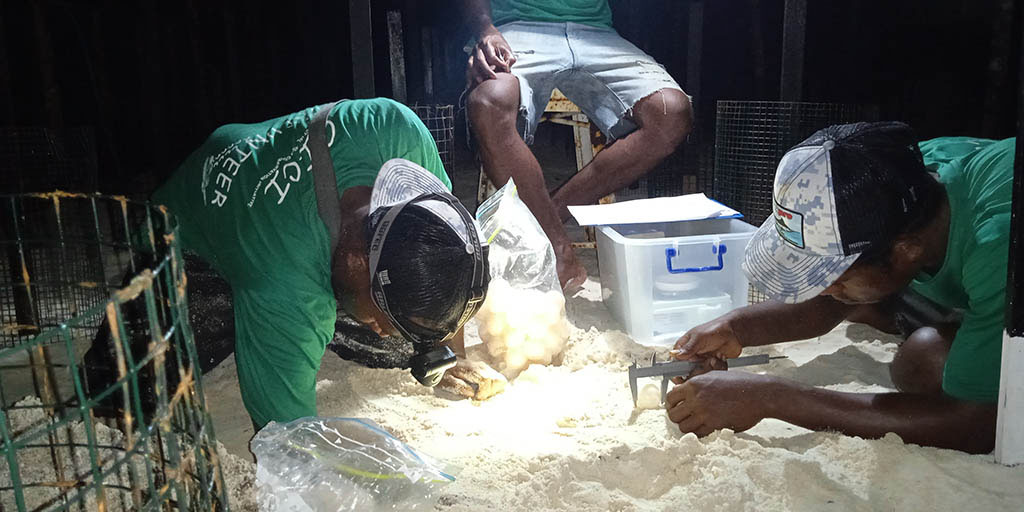
Relocating the nests
Each egg is documented when it is relocated to the hatcheries.
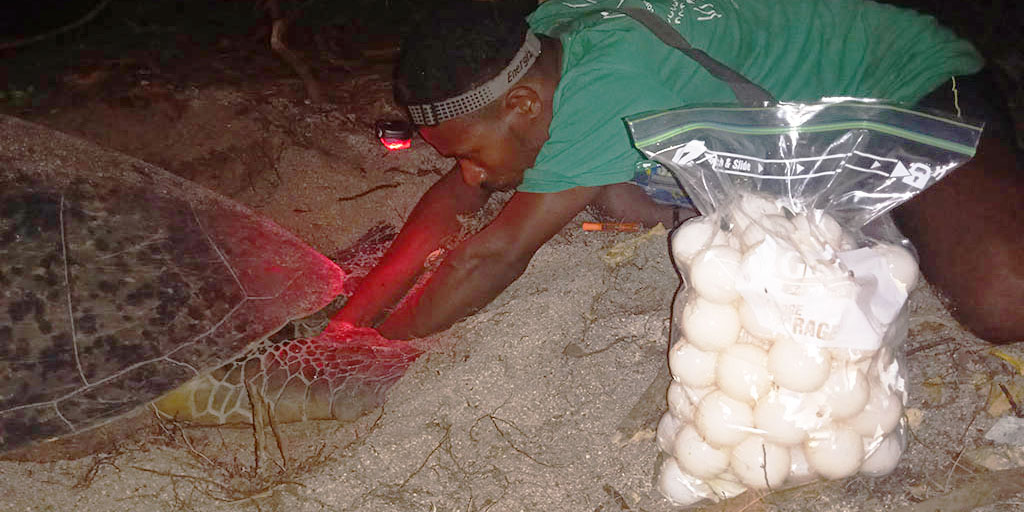
Relocating the nests
The rangers help with the laying of eggs and remove the eggs from the clutches immediately.
Photos: © Hayley Versace | Migration Media
ACHIEVEMENTS 2021
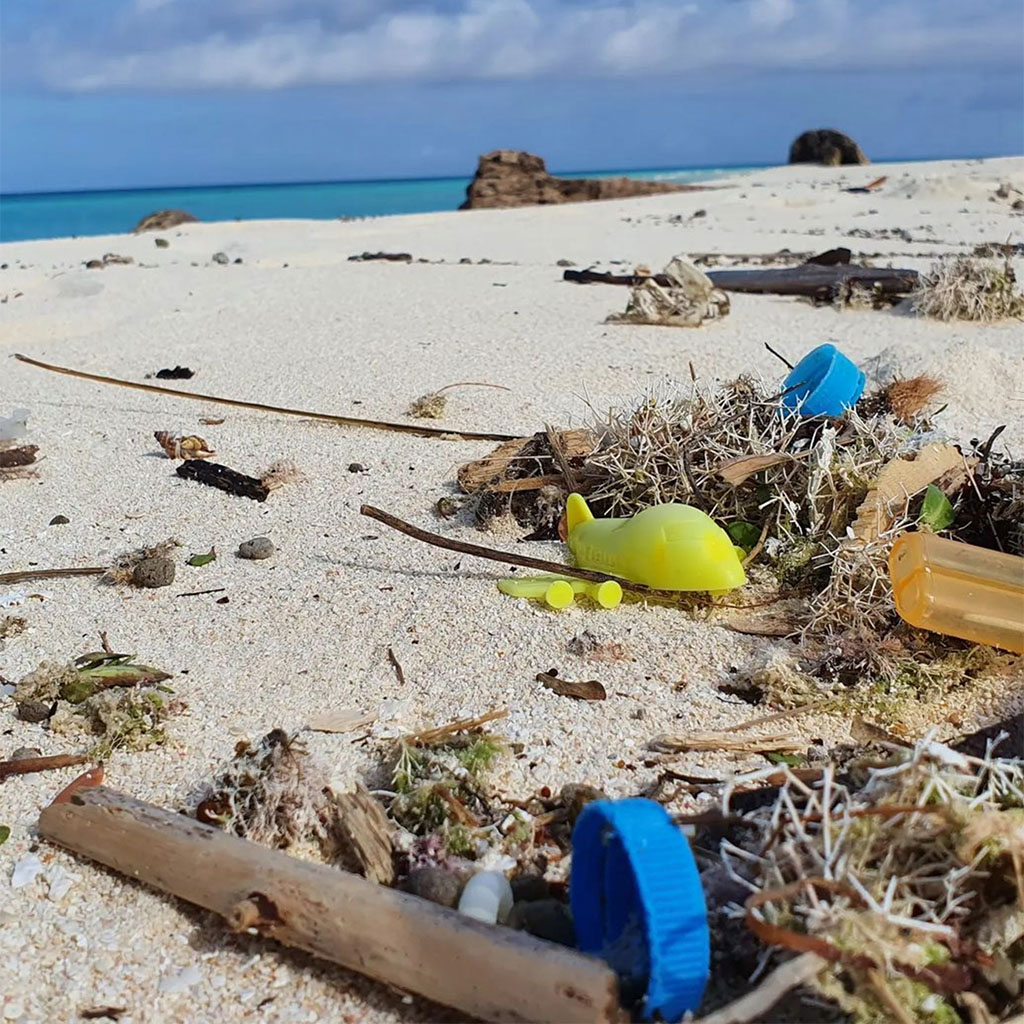
kilograms of
washed up
waste collected
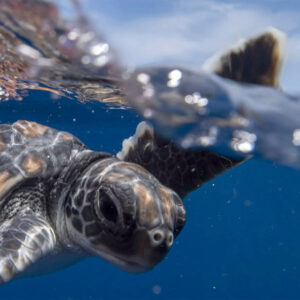
sea turtles
marked
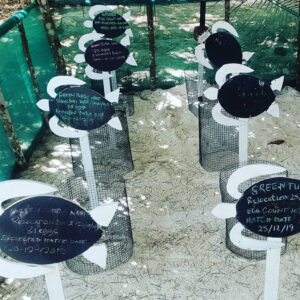
Nests relocated
in hatcheries
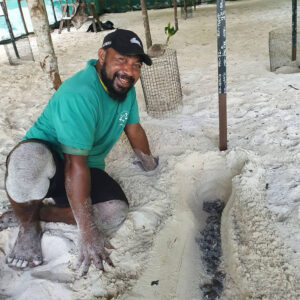
Hatchlings
safely released
into the ocean
Photos: © Hayley Versace | Migration Media
Congratulations
to CICI
on over
53000
hatchlings
released into
the ocean!
Hatchlings adopted from CICI
When I learned about CICI, I immediately adopted two turtle hatchlings from my pocket money on their Homepage. LOU, a green sea turtle, and NANI, a hawksbill turtle. By the end of the campaign, four more had been added. Among them was an albino, which I named SNOWBALL. When CICI reported on their INSTAGRAMCHANNEL about an extra large egg and that mostly albinos hatch out of it, I instantly asked by e-mail if I could adopt this hatchling. Sadly, no turtle hatched from this egg at all. But some time later CICI contacted me and told me that my SNOWBALL had hatched in another nest. On my INSTAGRAMCHANNEL you can read the story too. Thanks again to Hayley and the RANGERS!
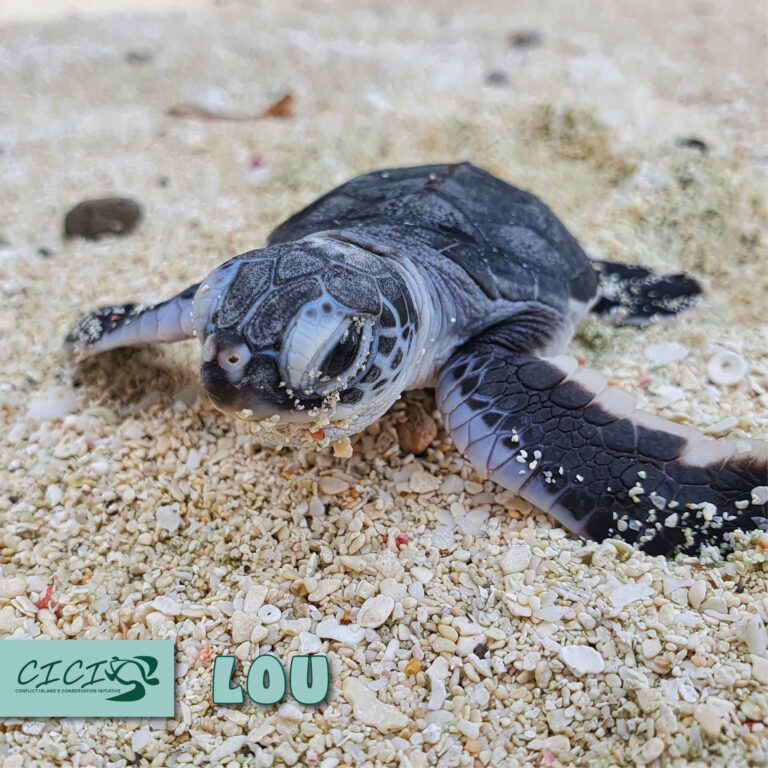
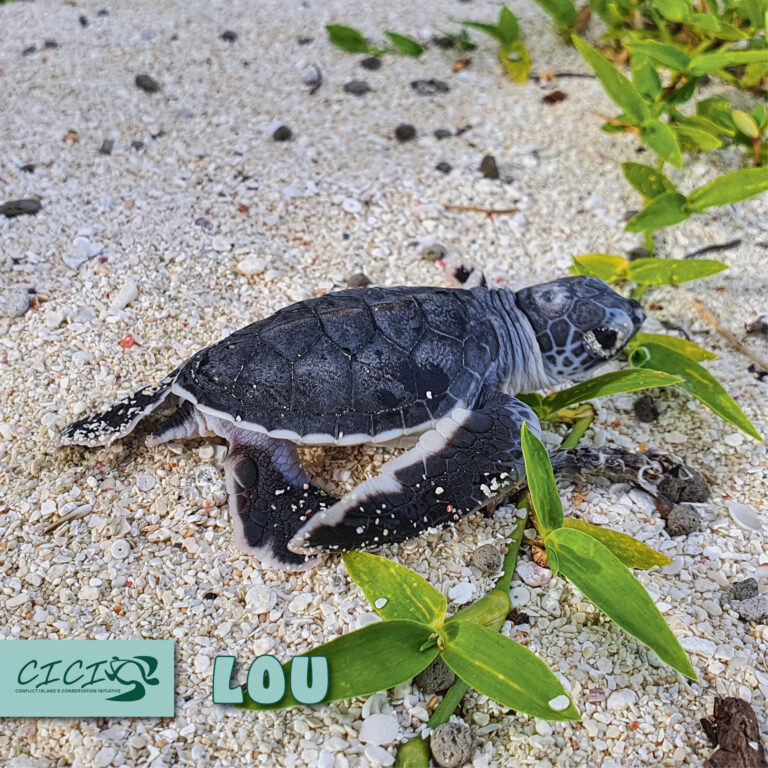
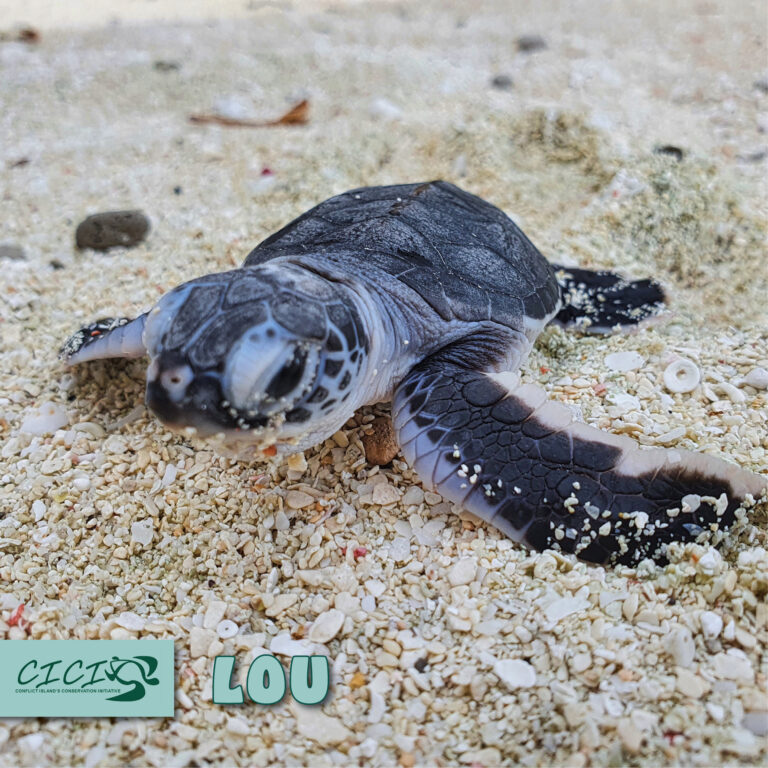
Hatching day 2022-01-22
Weight 25.46 g
Size 46 x 31 x 19 mm
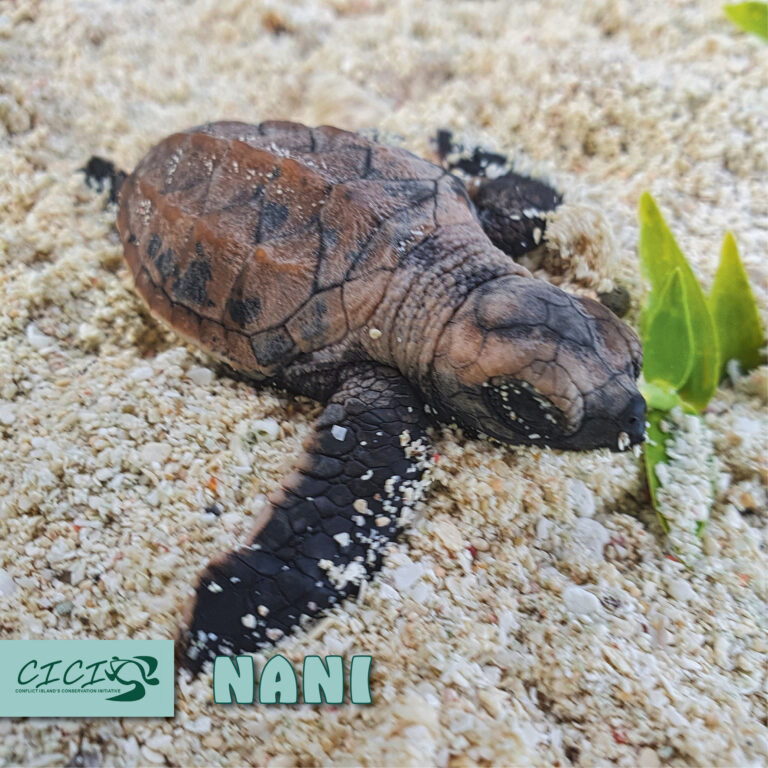
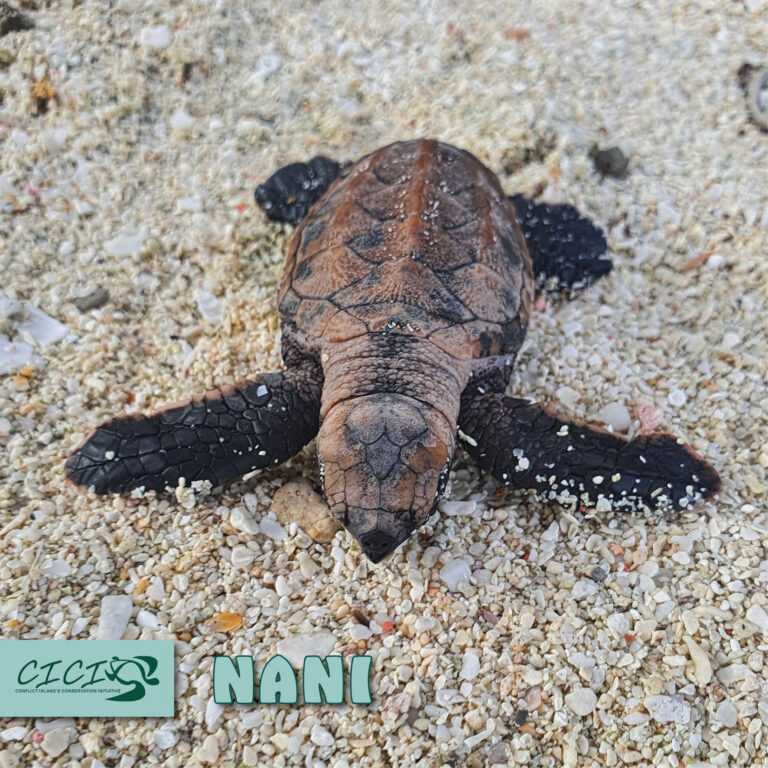
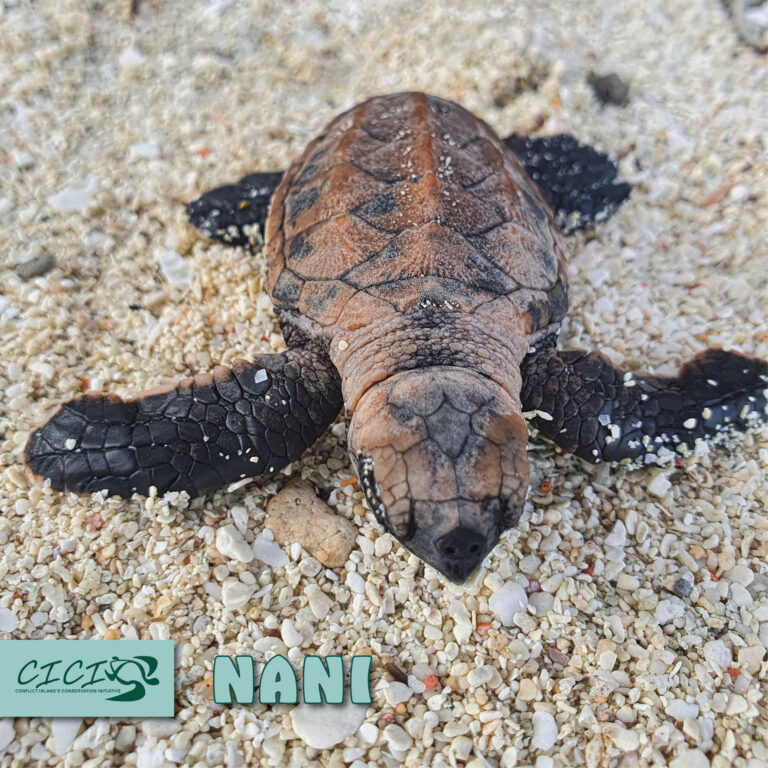
Hatching day 2022-01-06
Weight 13.20 g
Size 36 x 26 x 15 mm
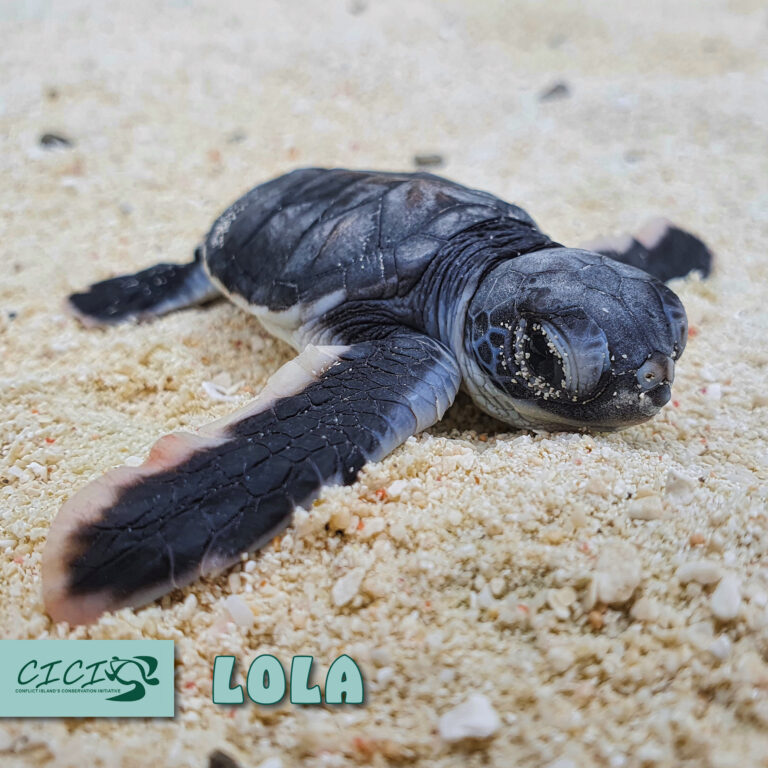
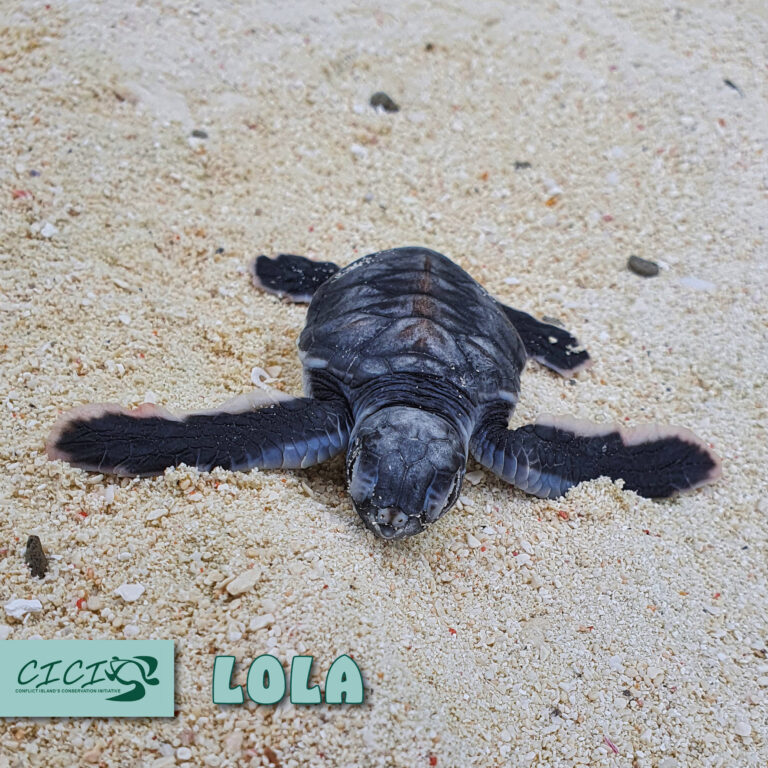
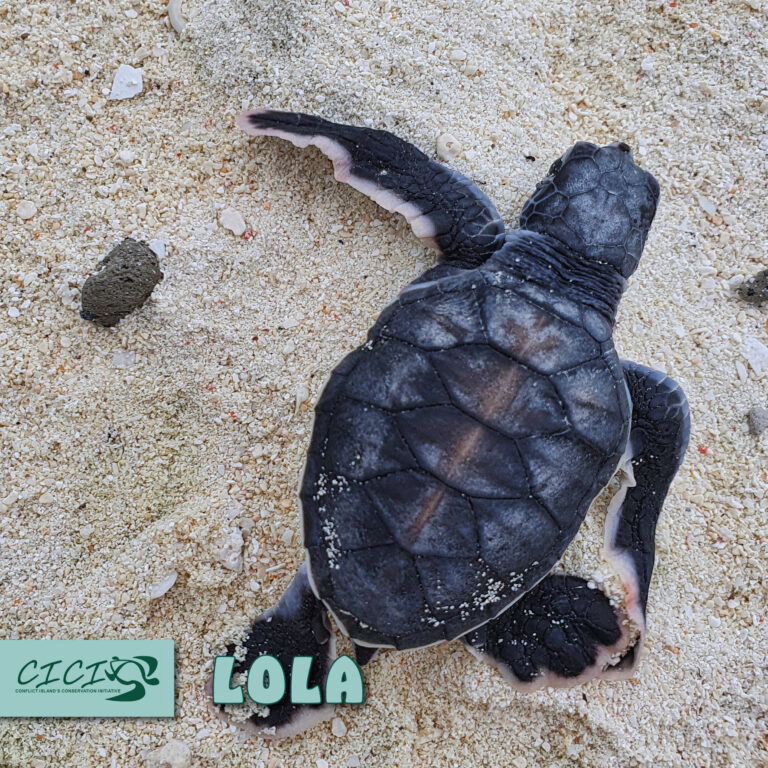
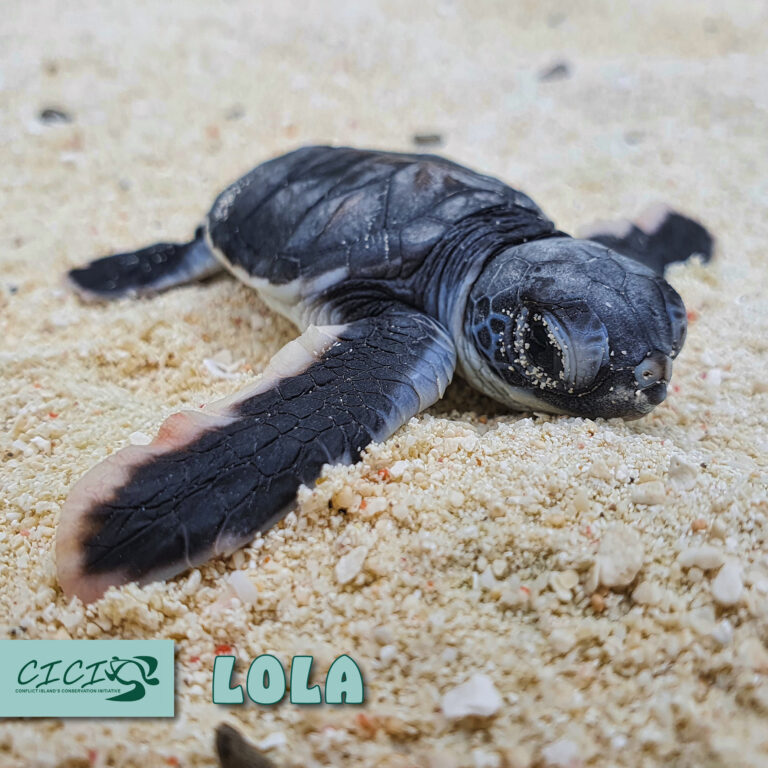
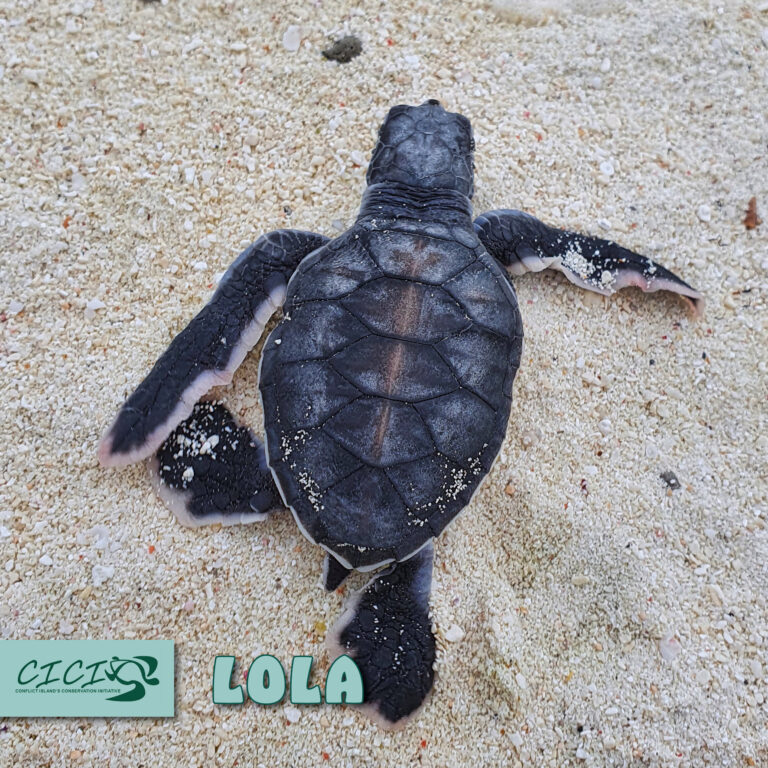
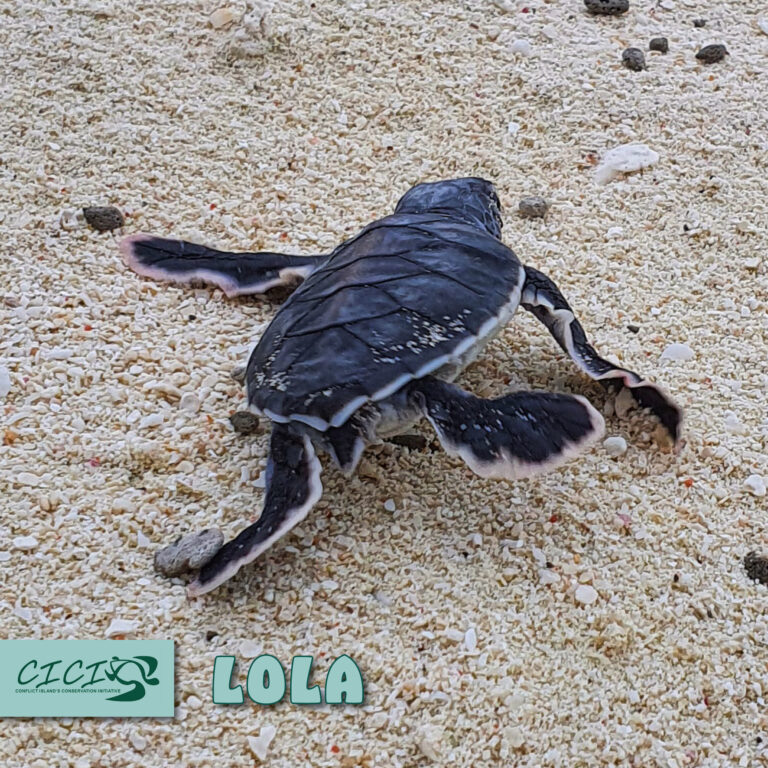
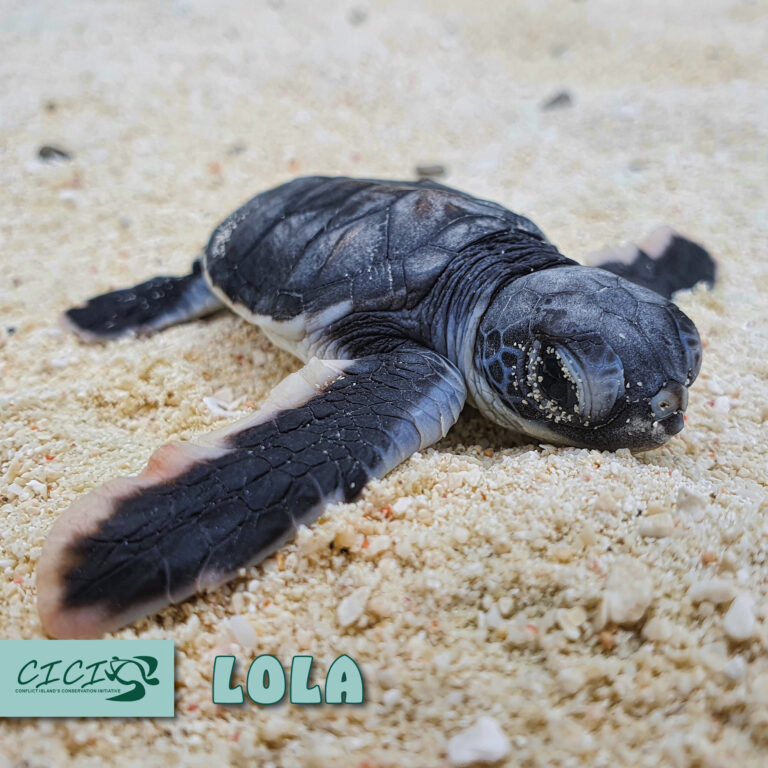
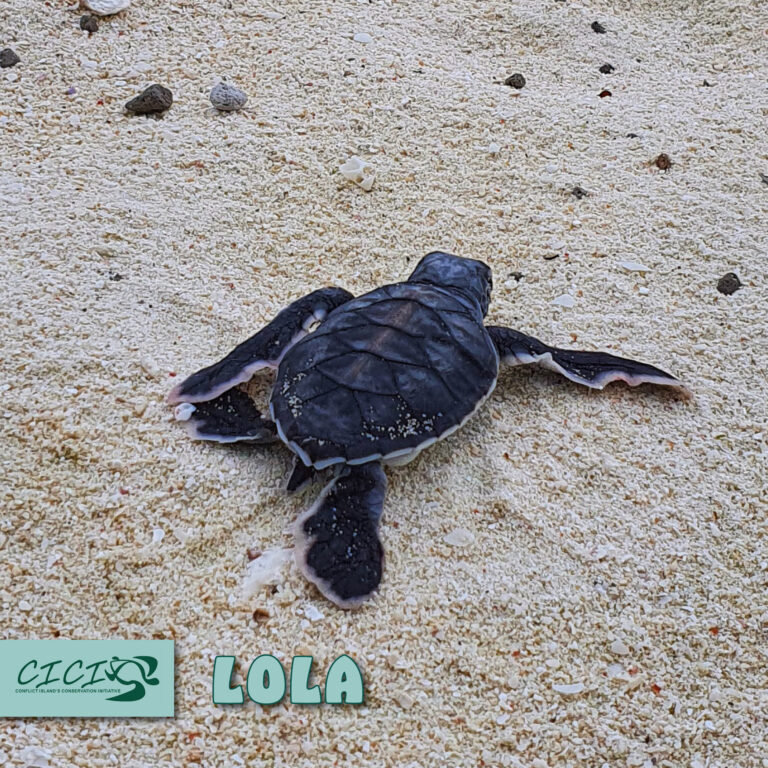
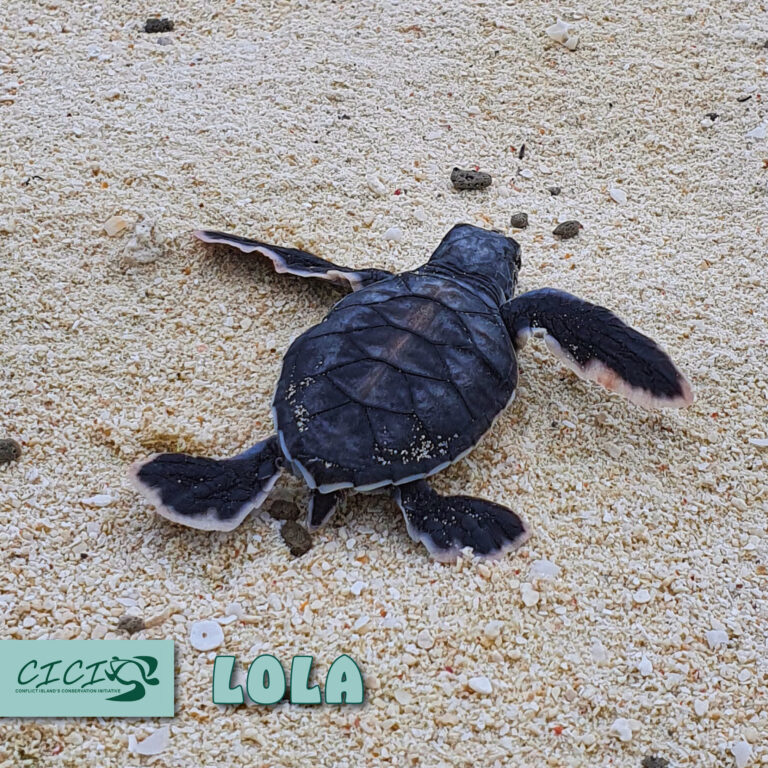
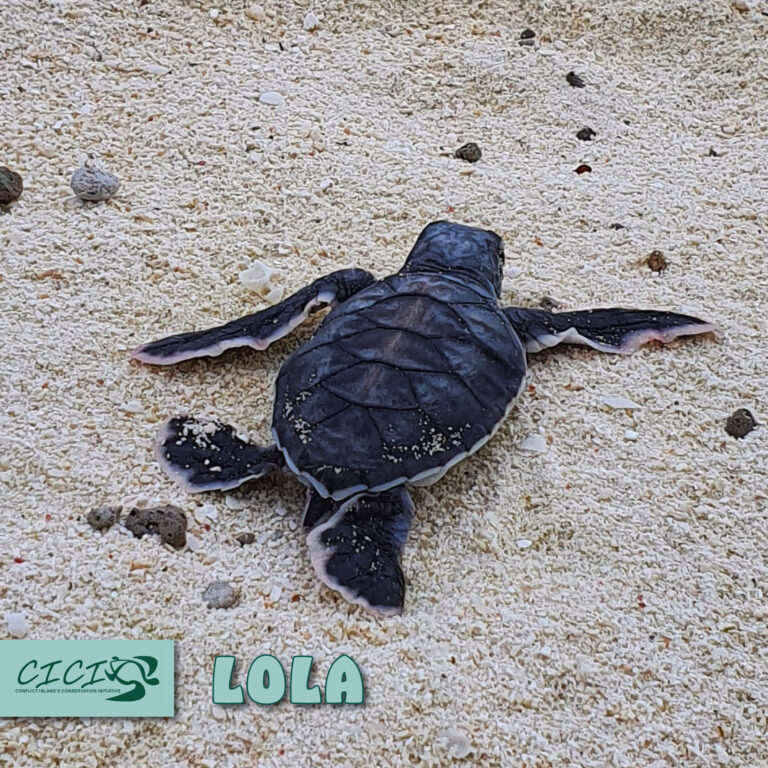
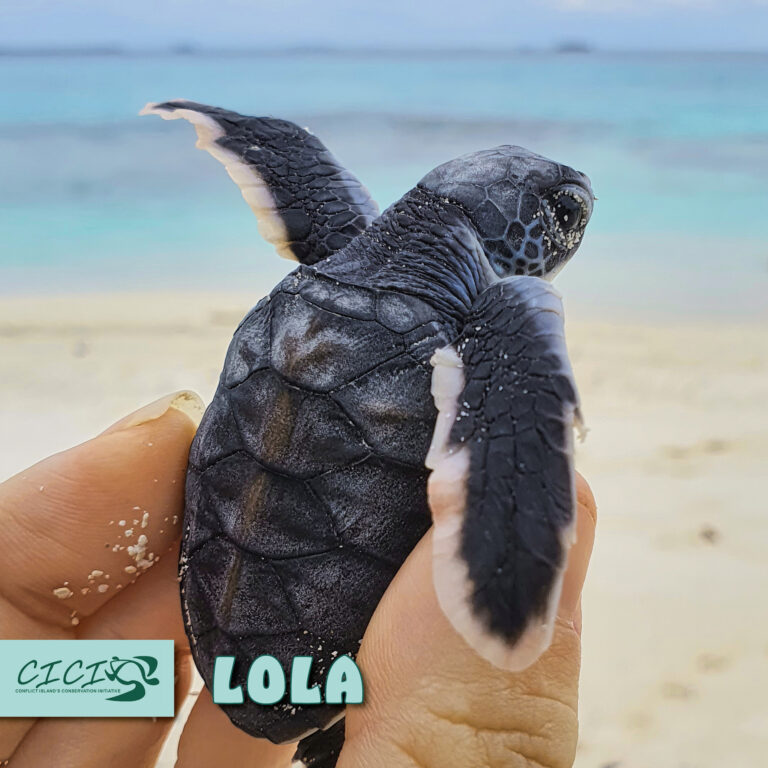
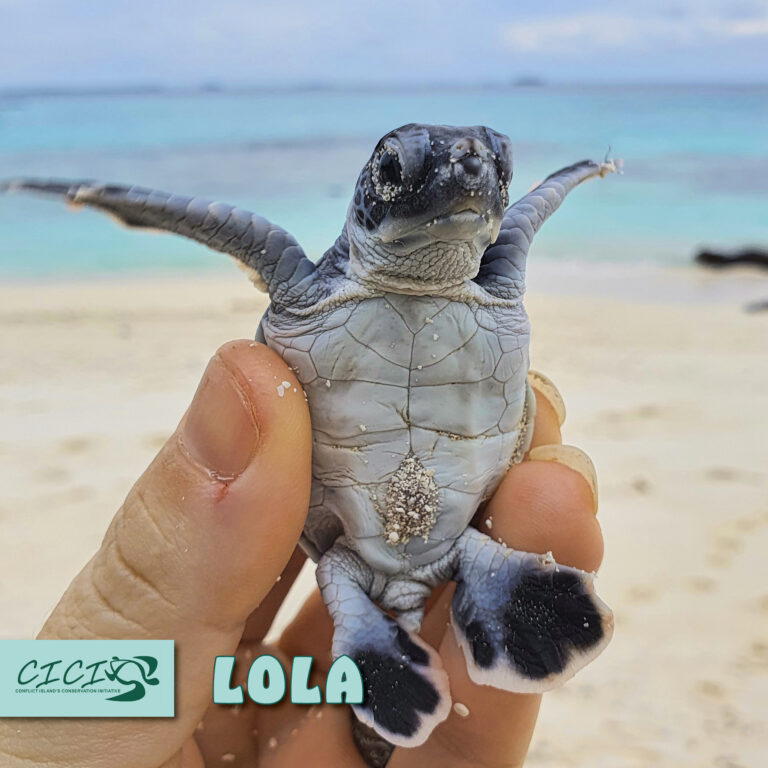
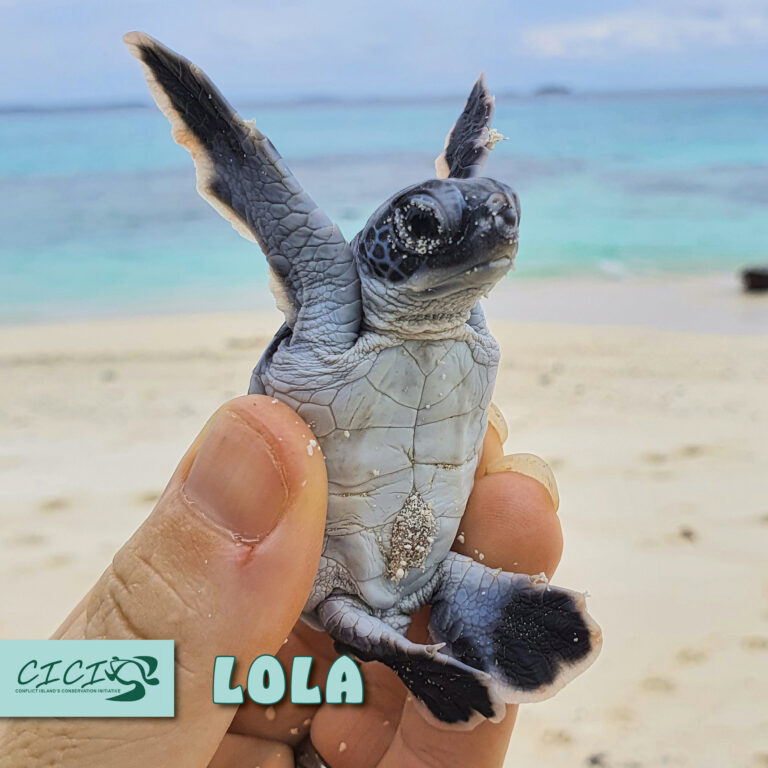
Hatching day 2022-04-04
Weight 23 g
Size 44 x 35 x 18 mm
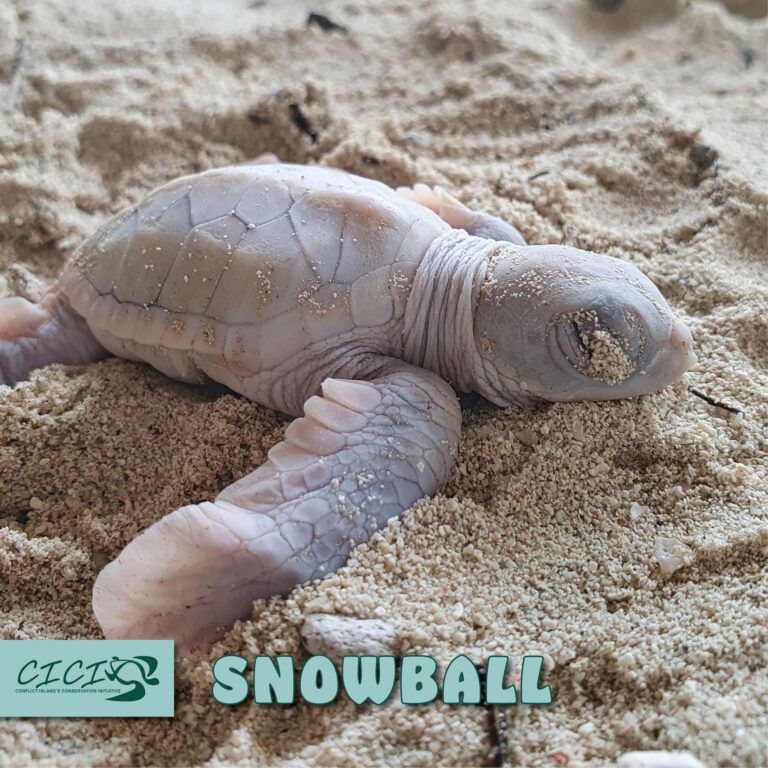
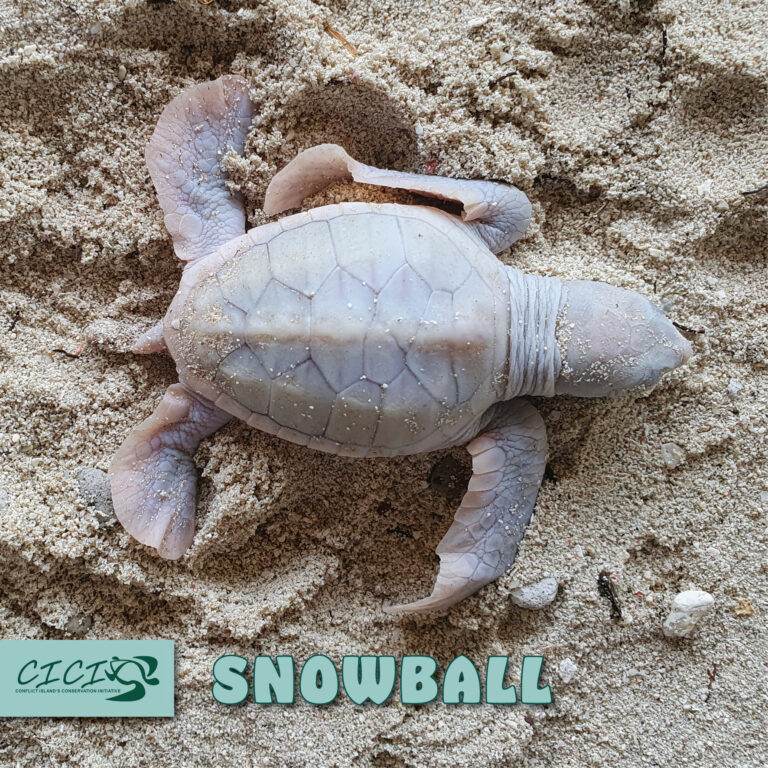
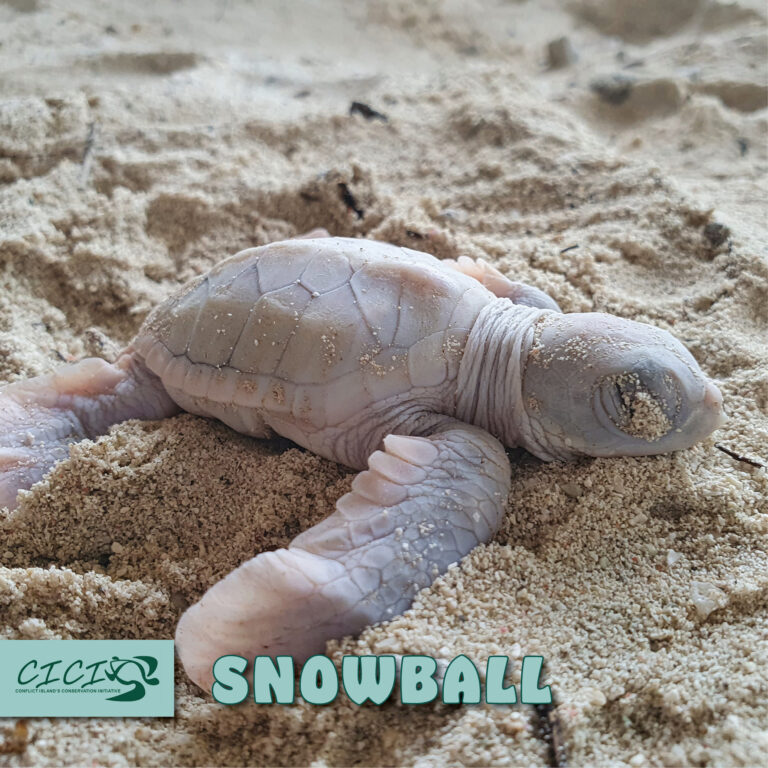
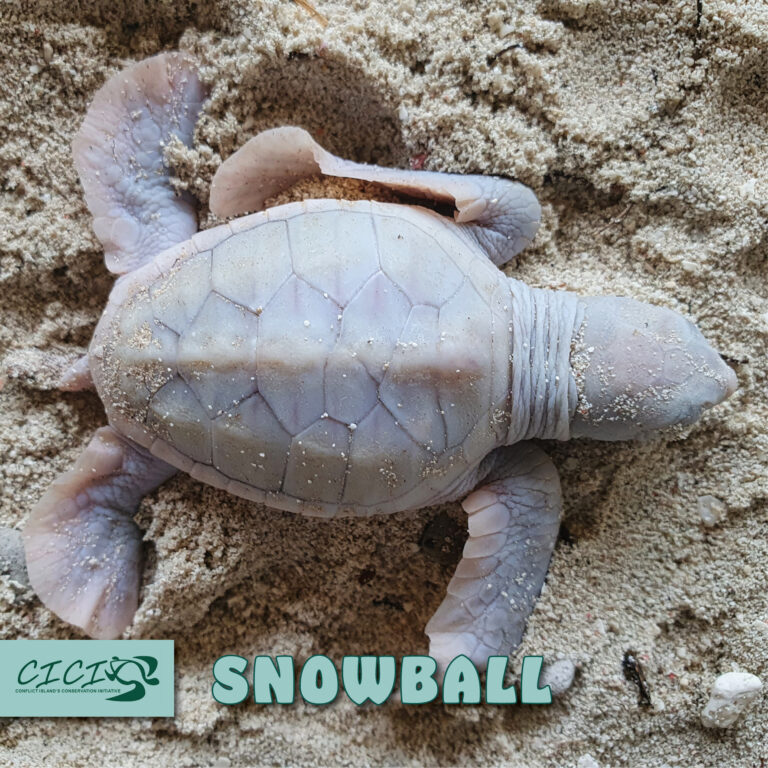
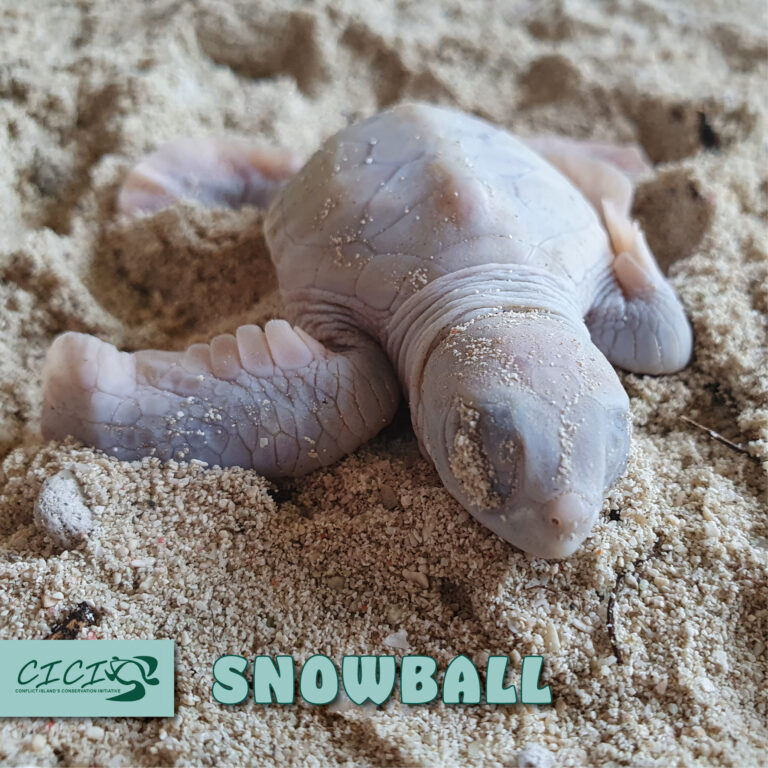
Hatching day 2022-01-27
Weight 27 g
Size 42 x 31 x 21 mm
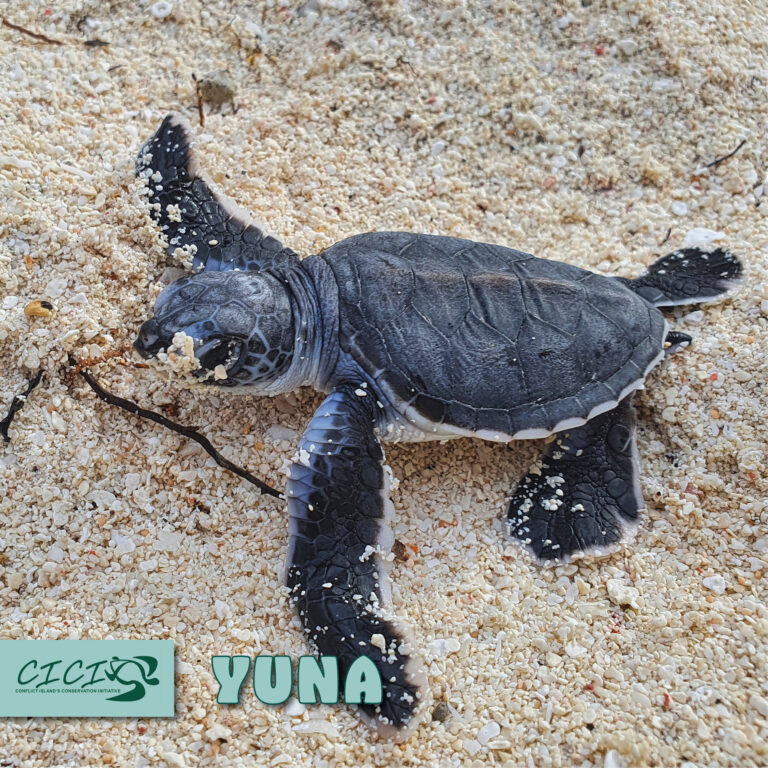
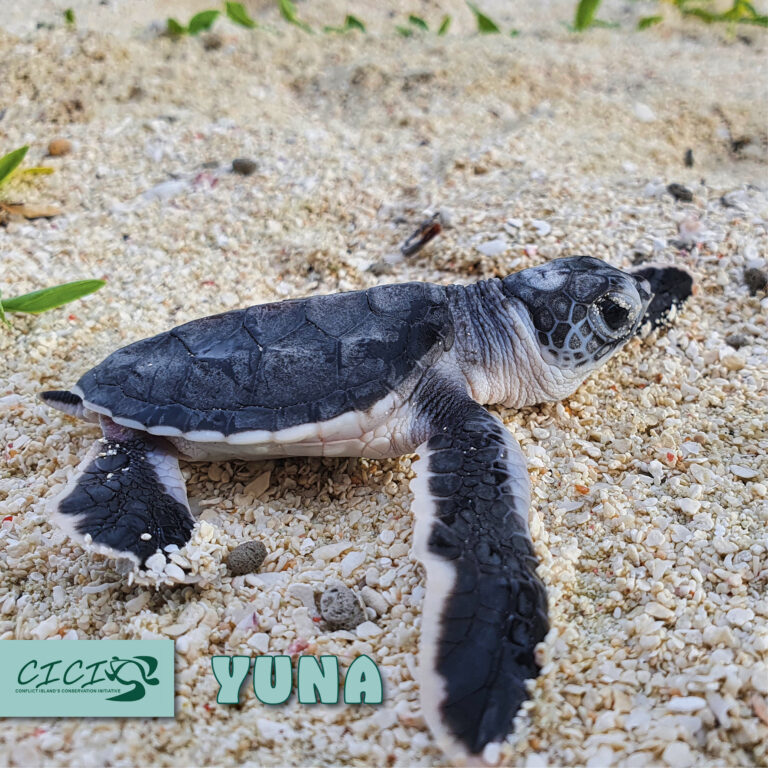
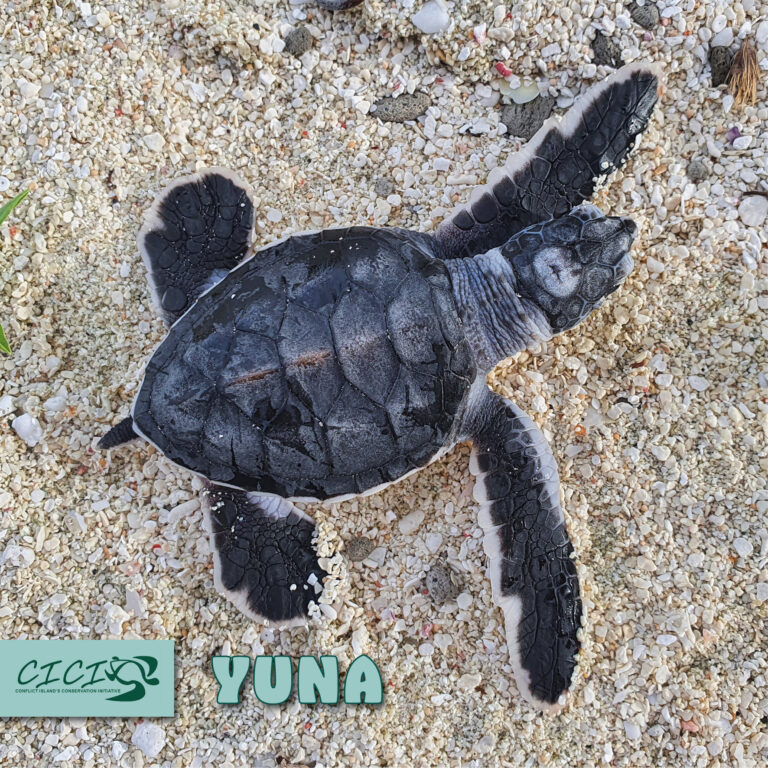
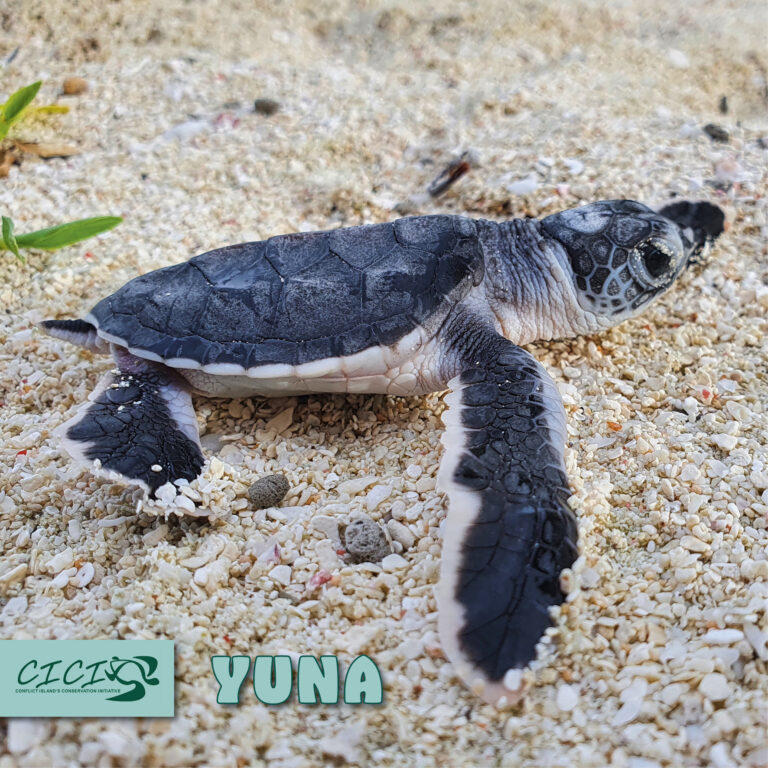
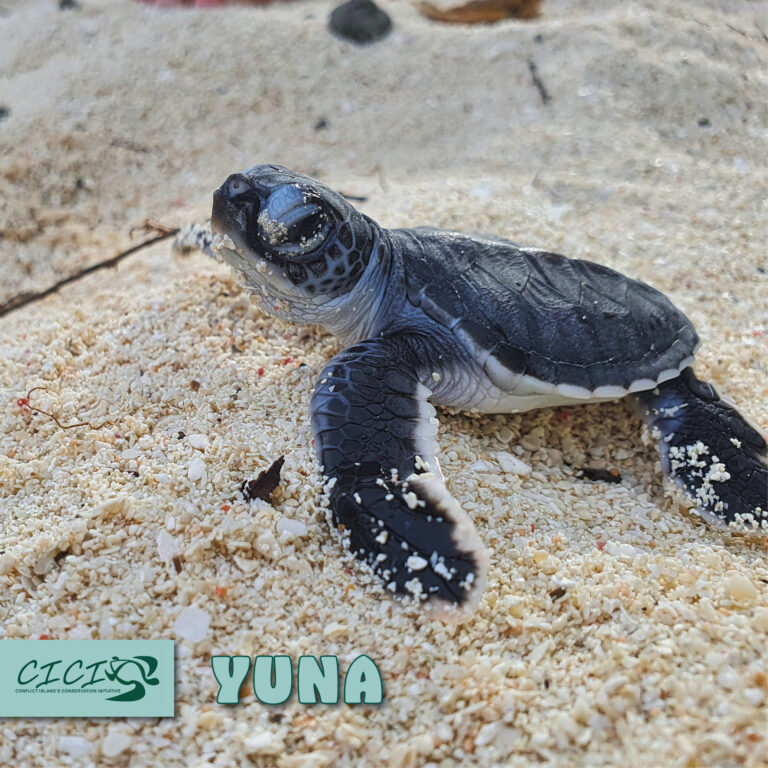
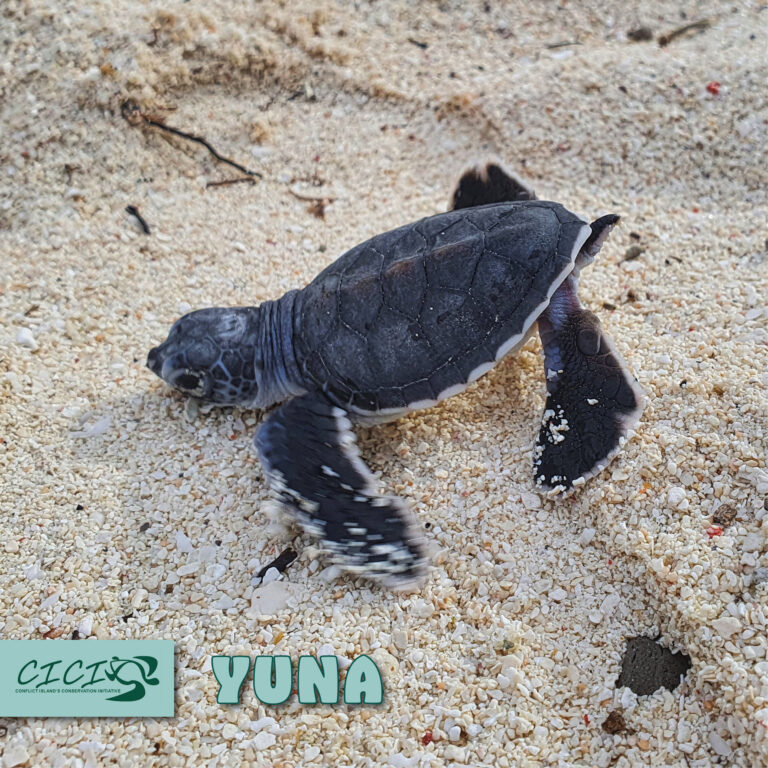
Hatching day 2022-01-06
Weight 26.23 g
Size 46 x 34 x 17 mm
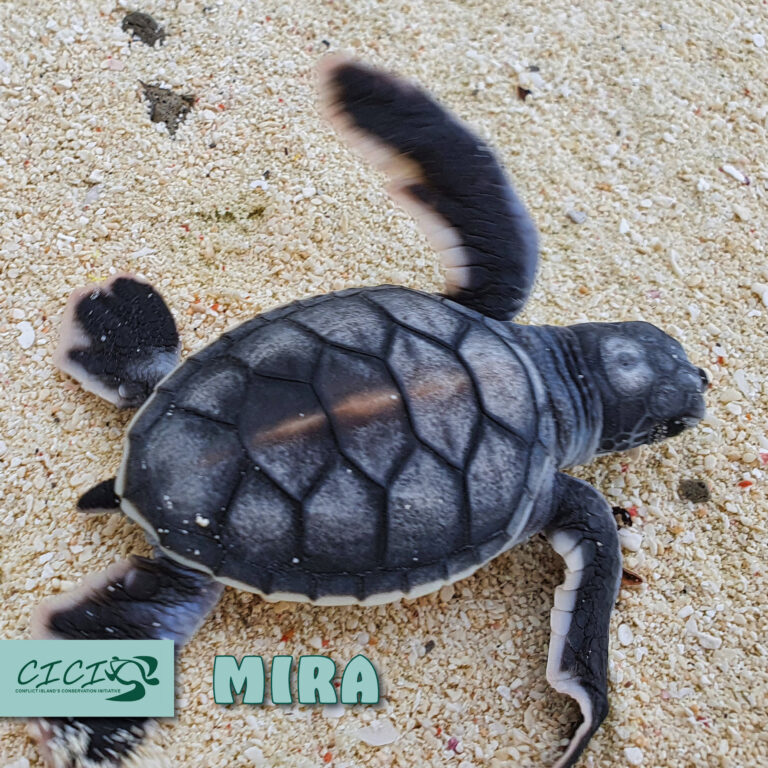
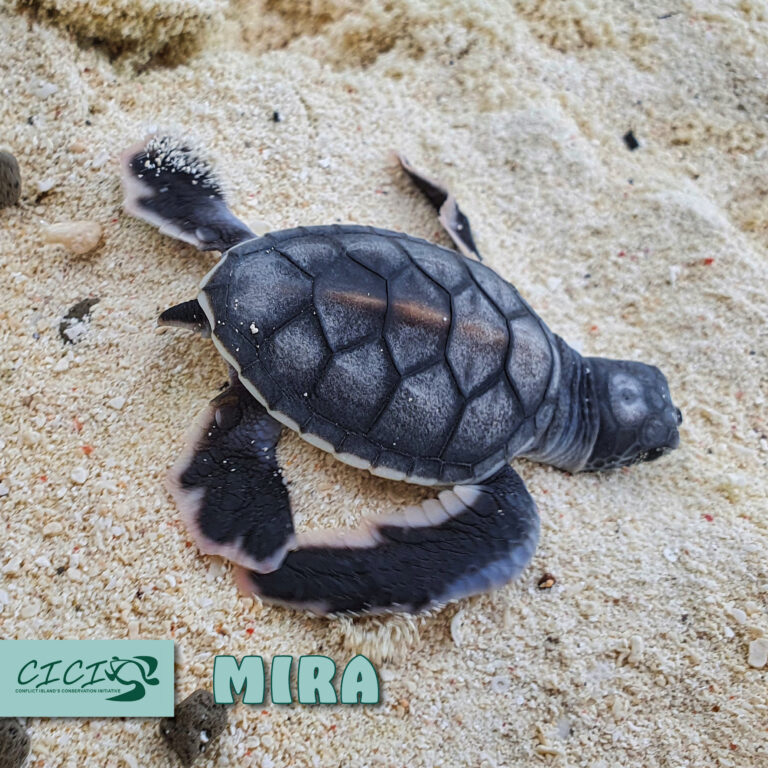
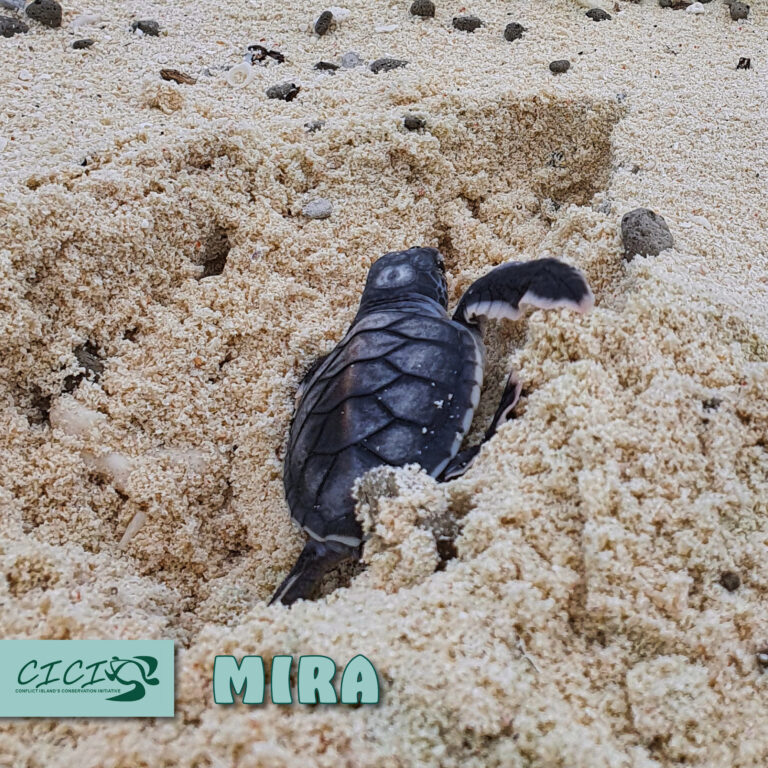
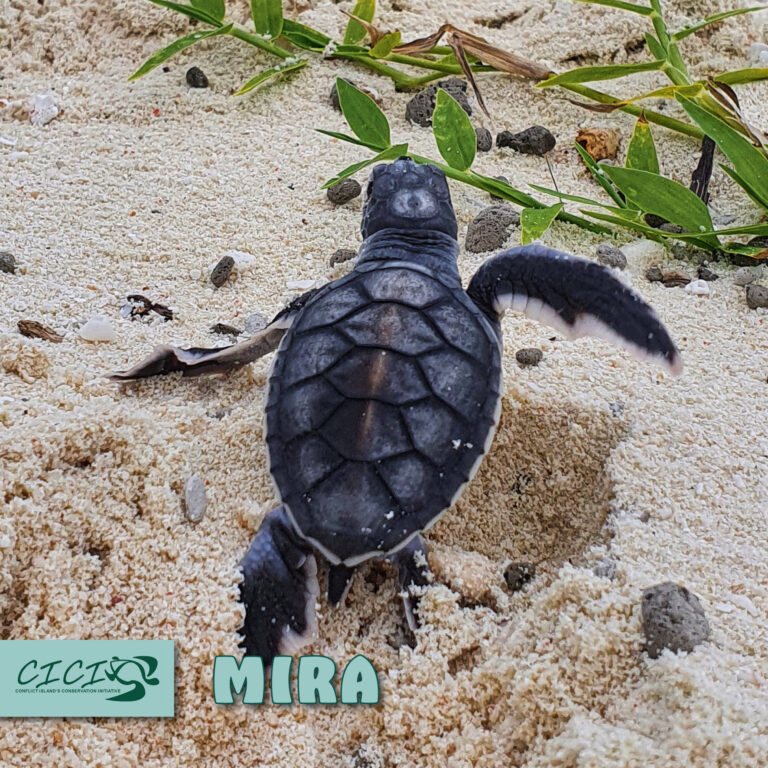
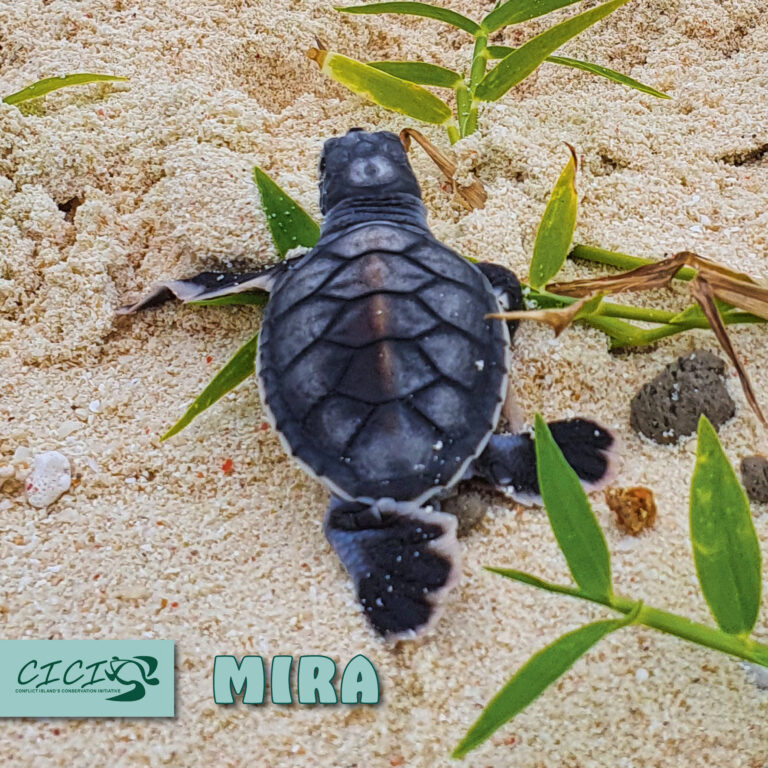
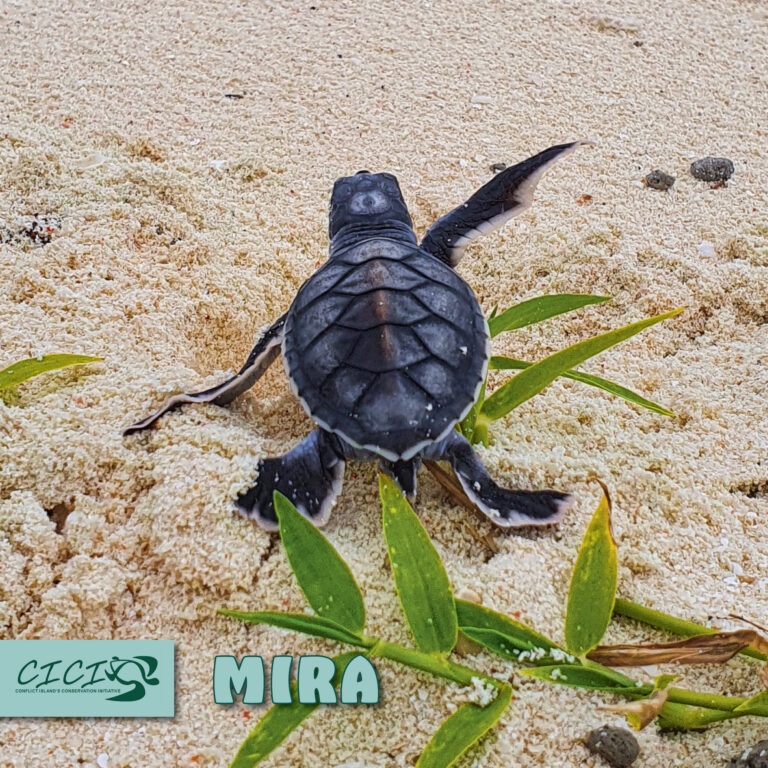
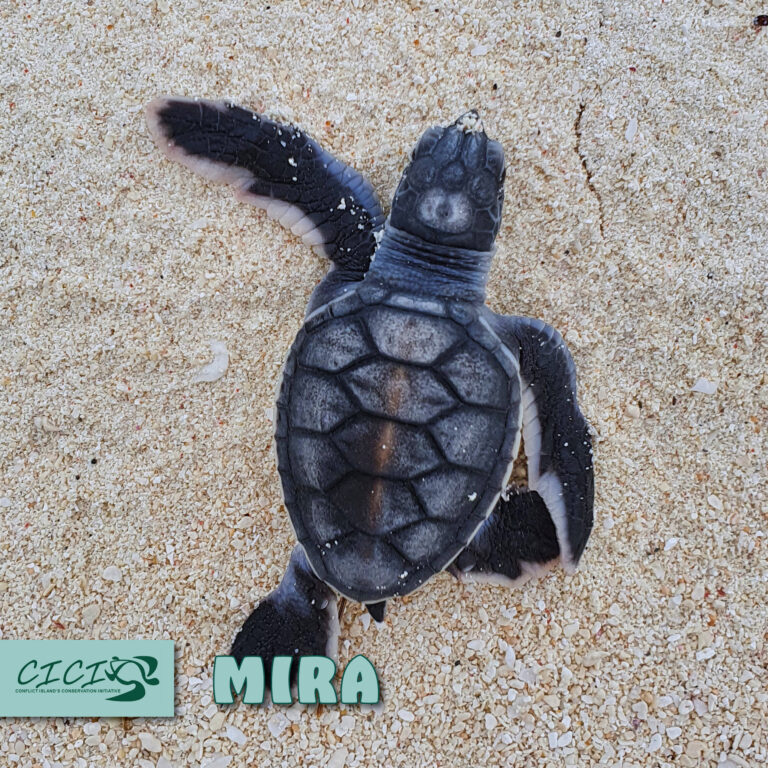
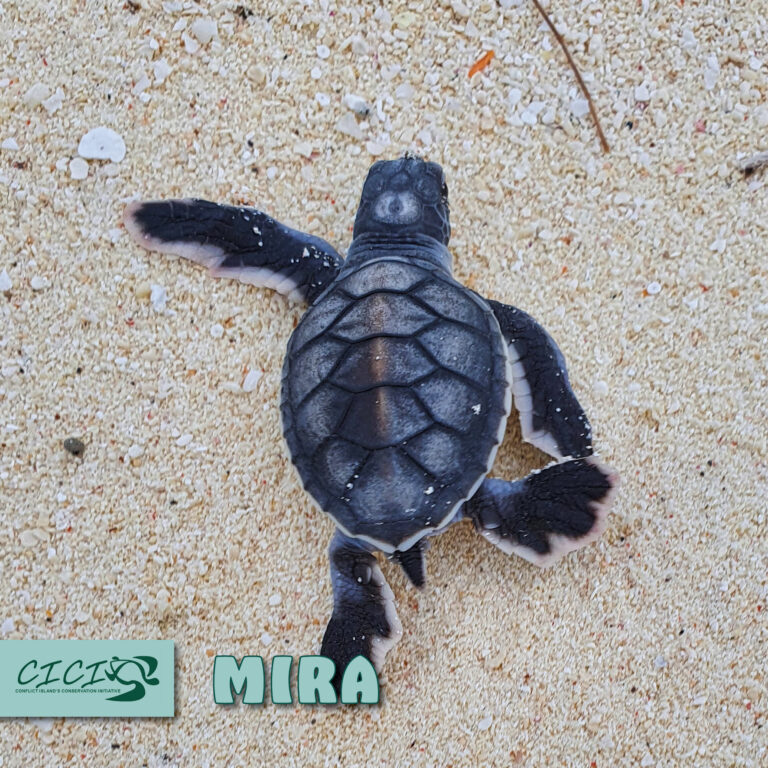
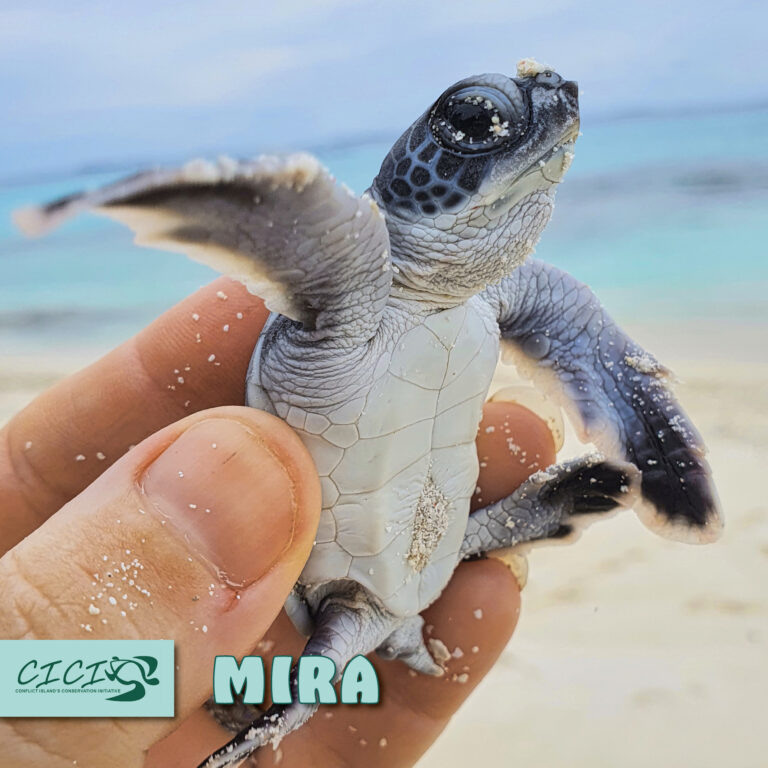

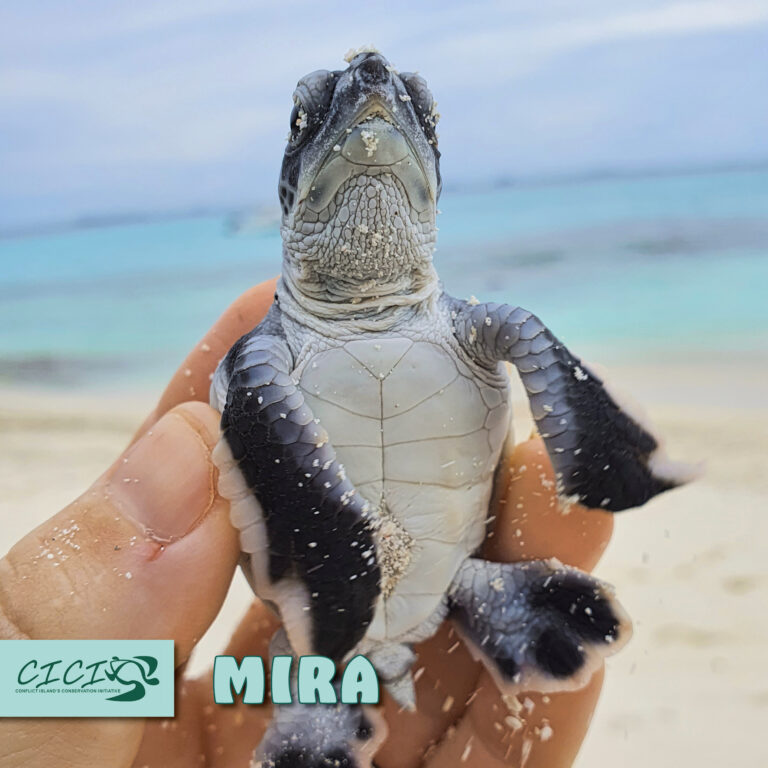
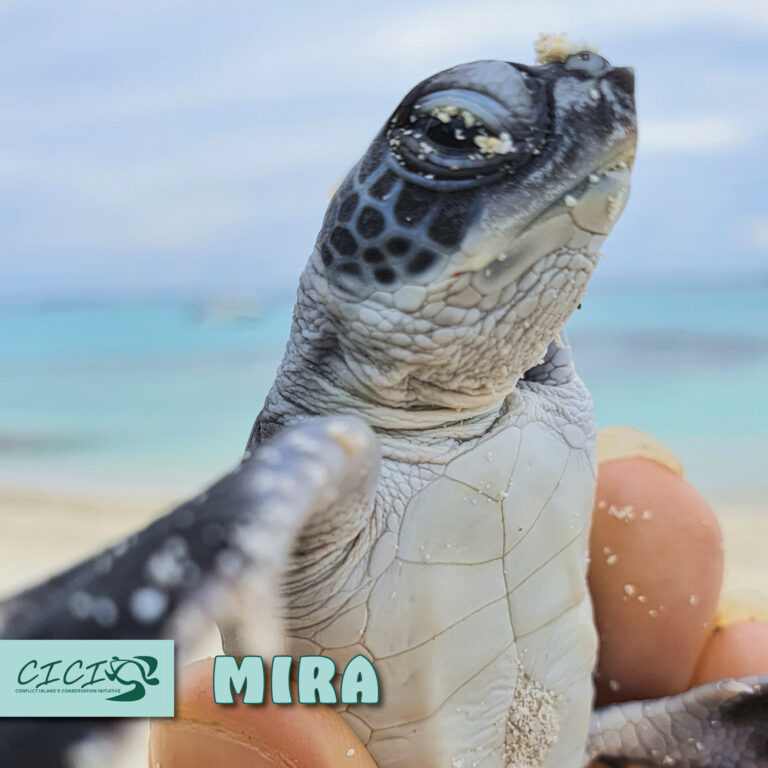
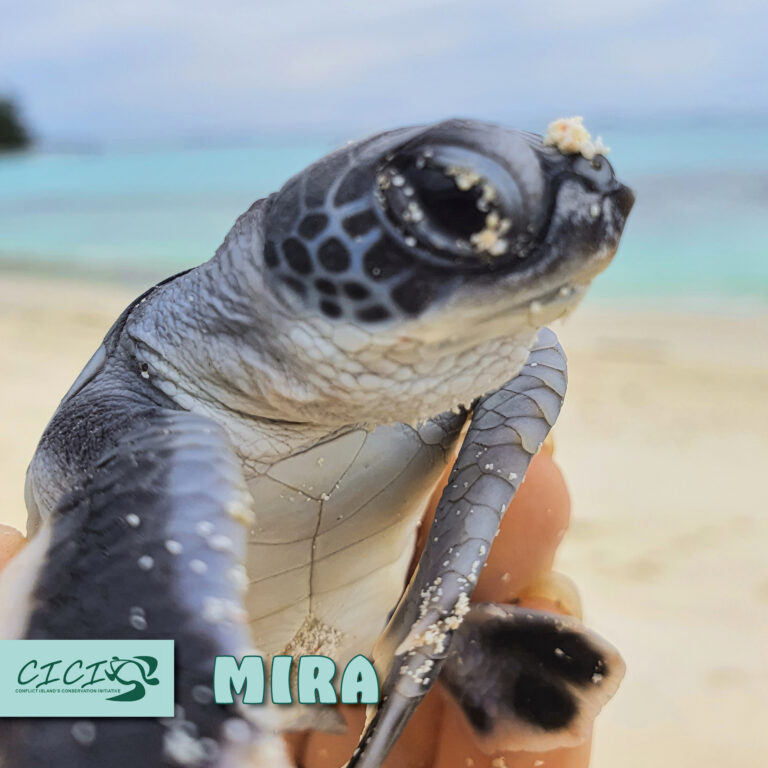
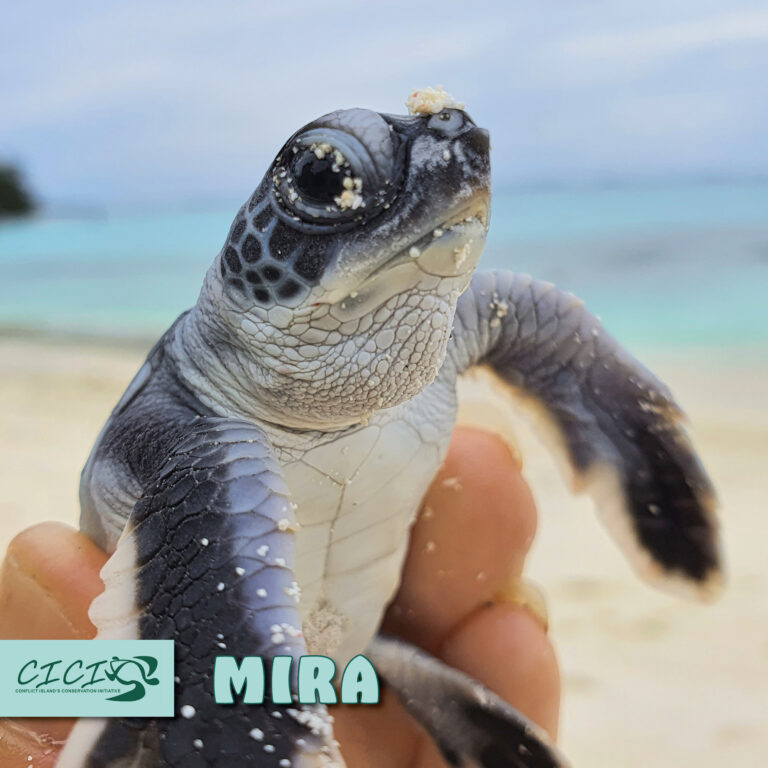
Hatching day 2022-04-04
Weight 20 g
Size 44 x 32 x 18 mm
Photos: © CICI
